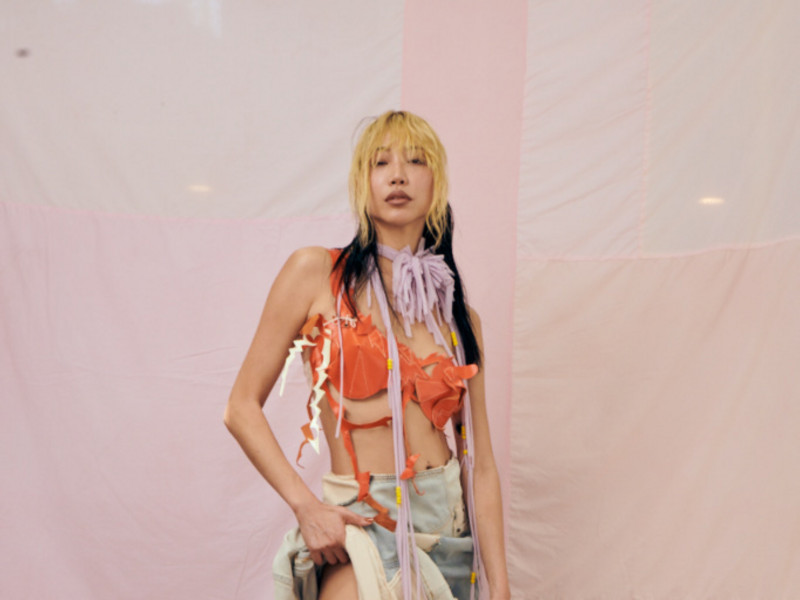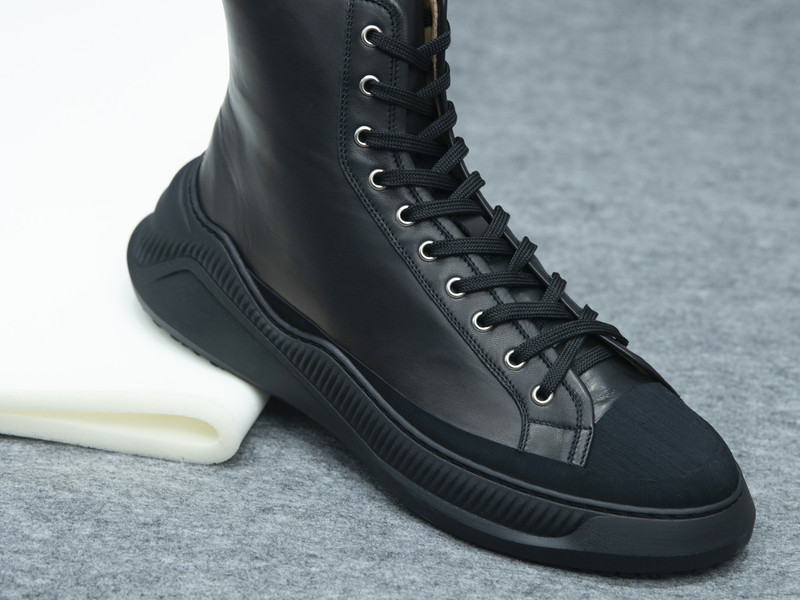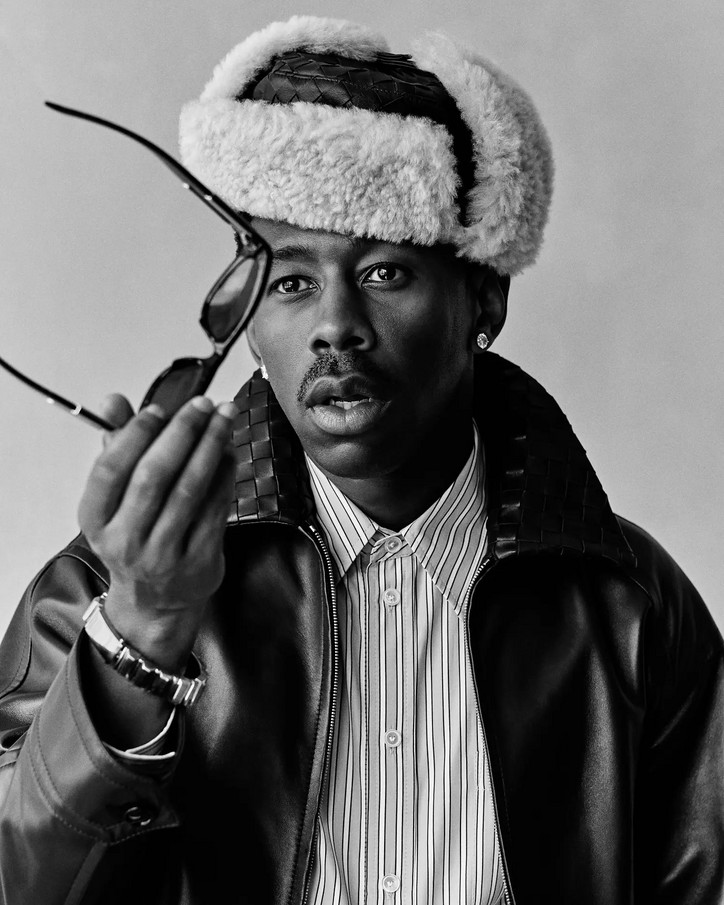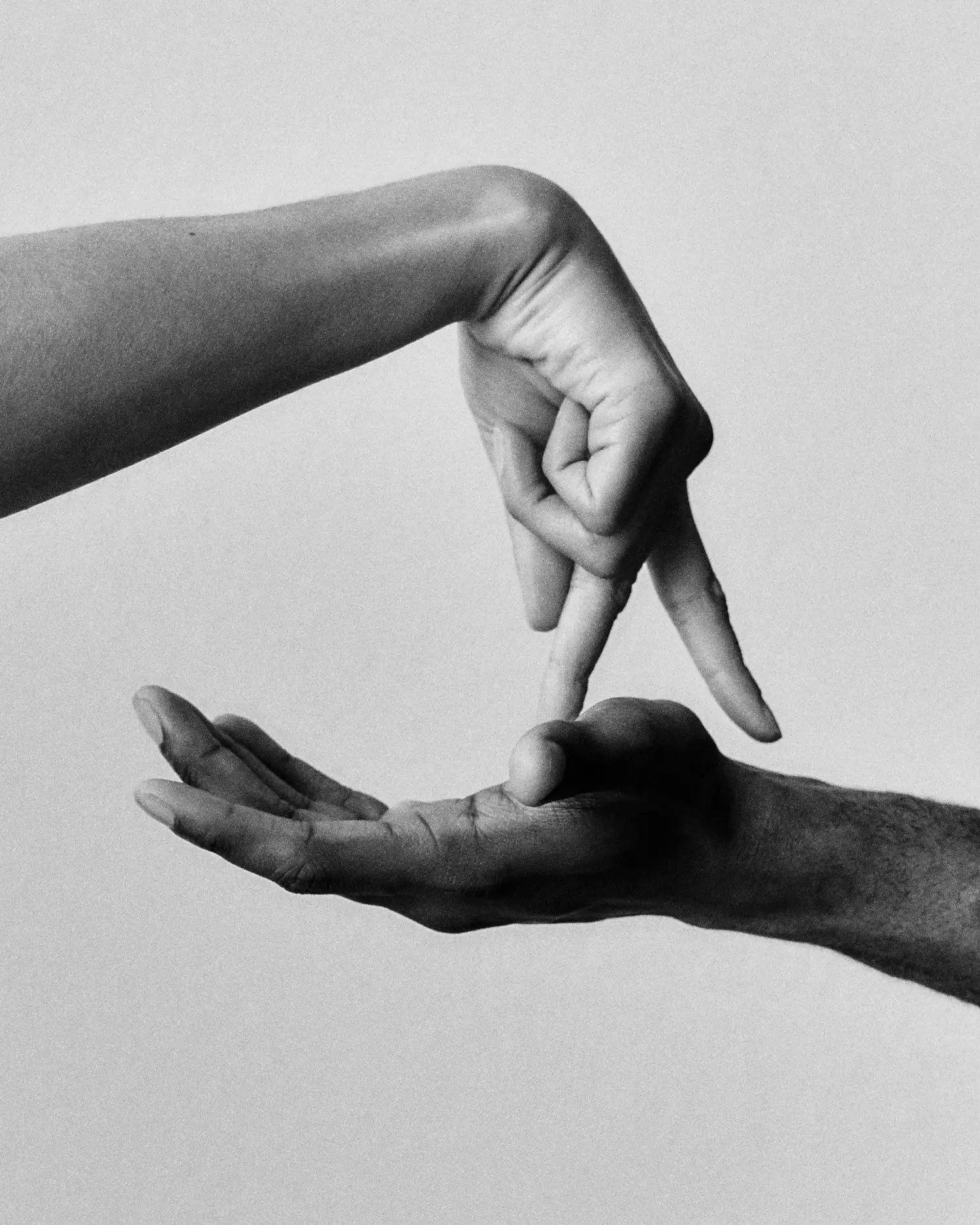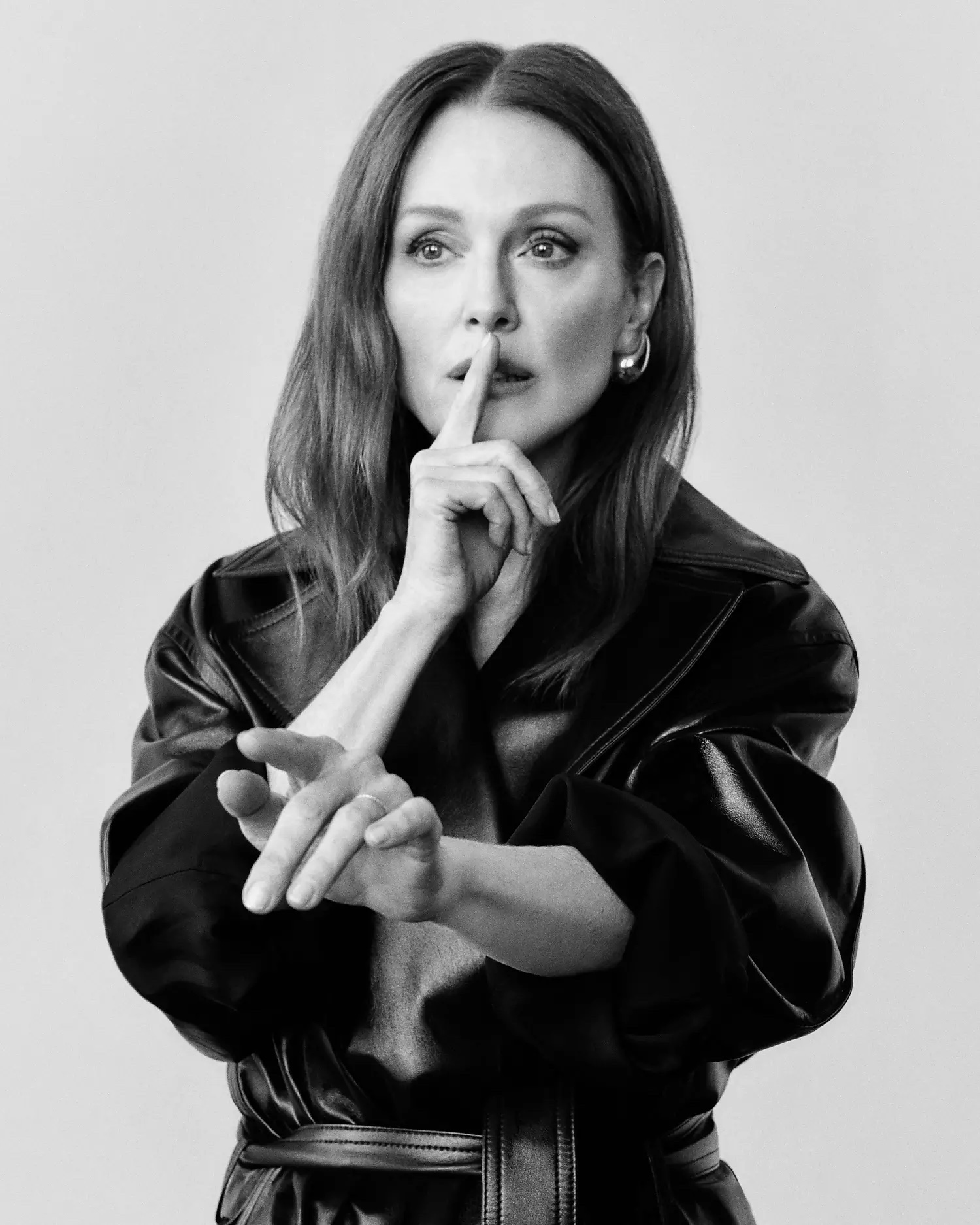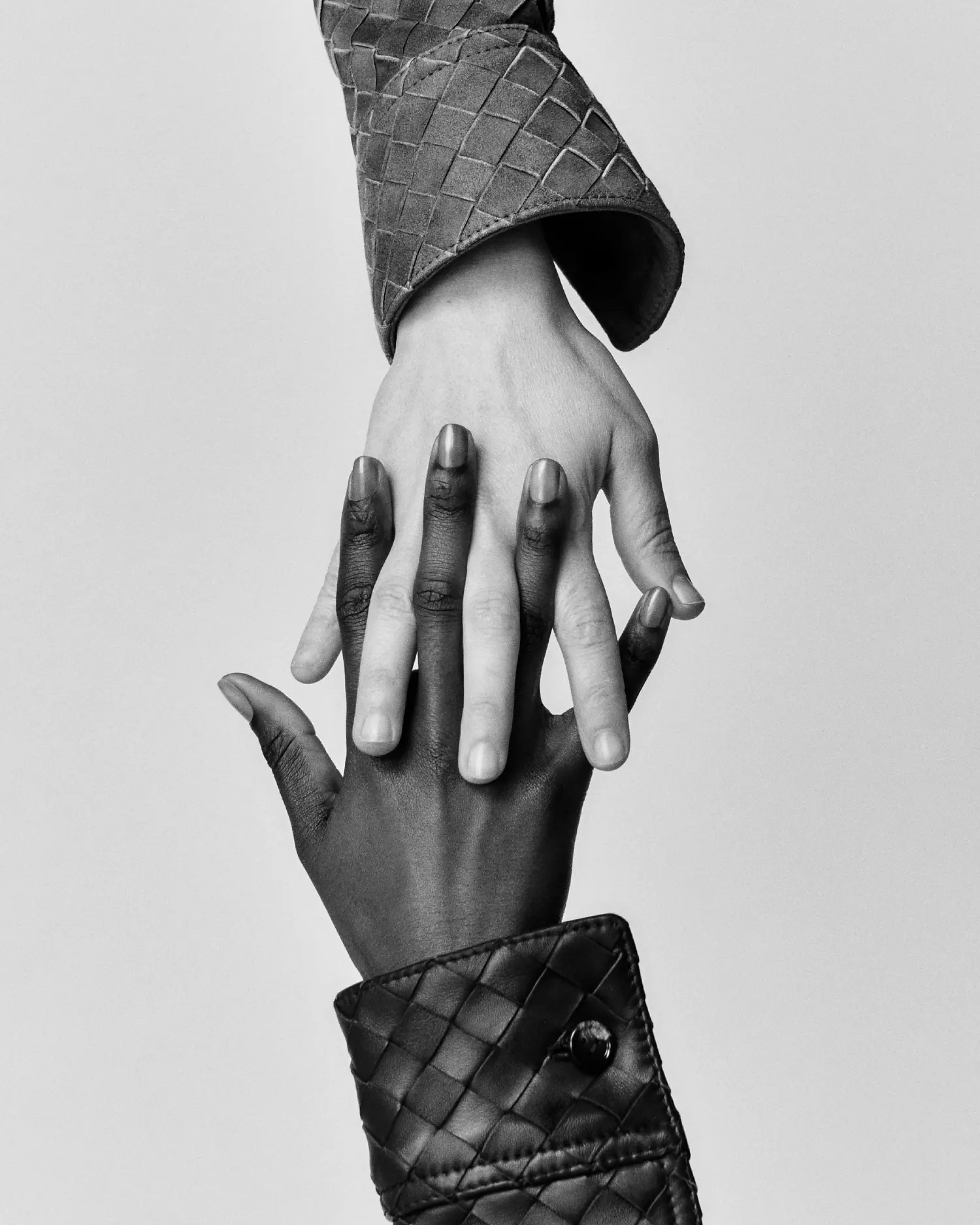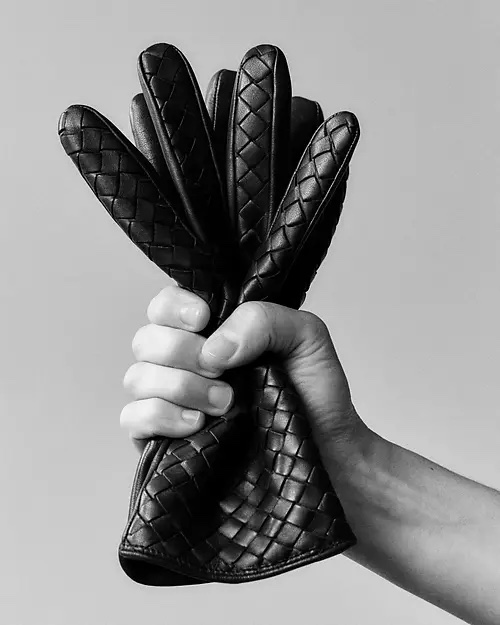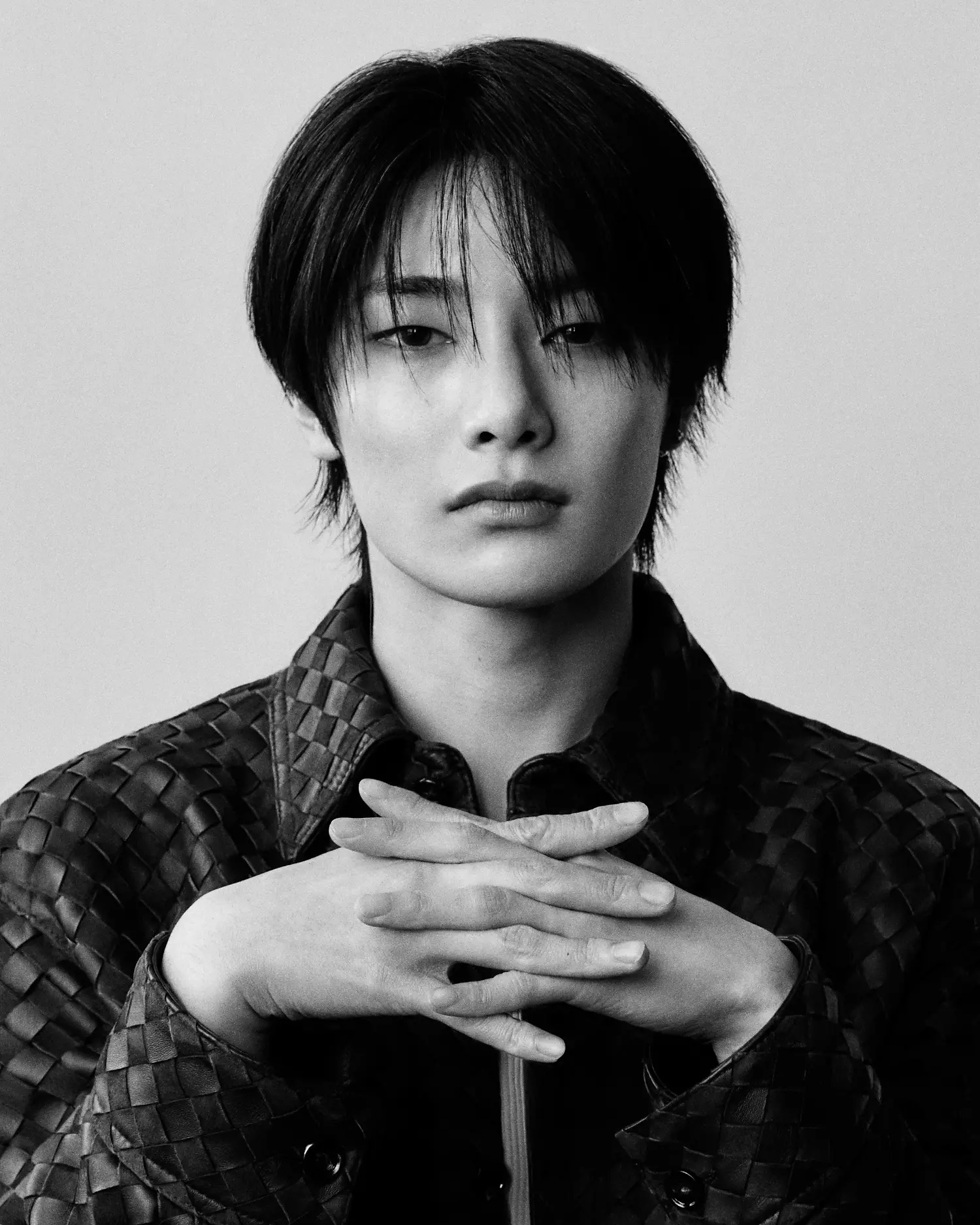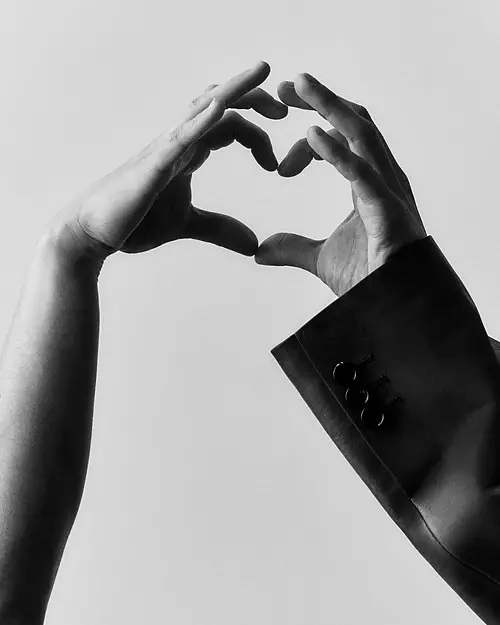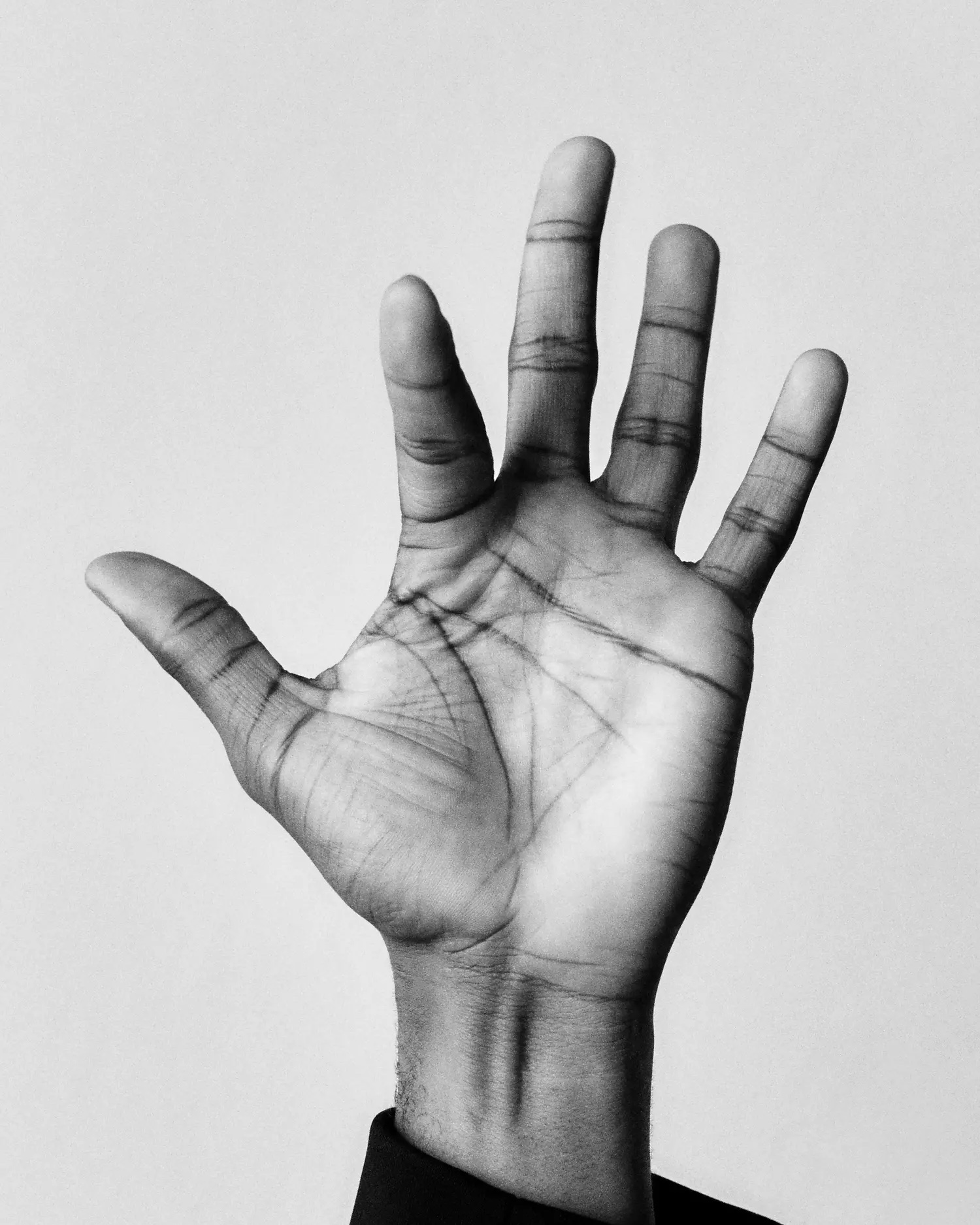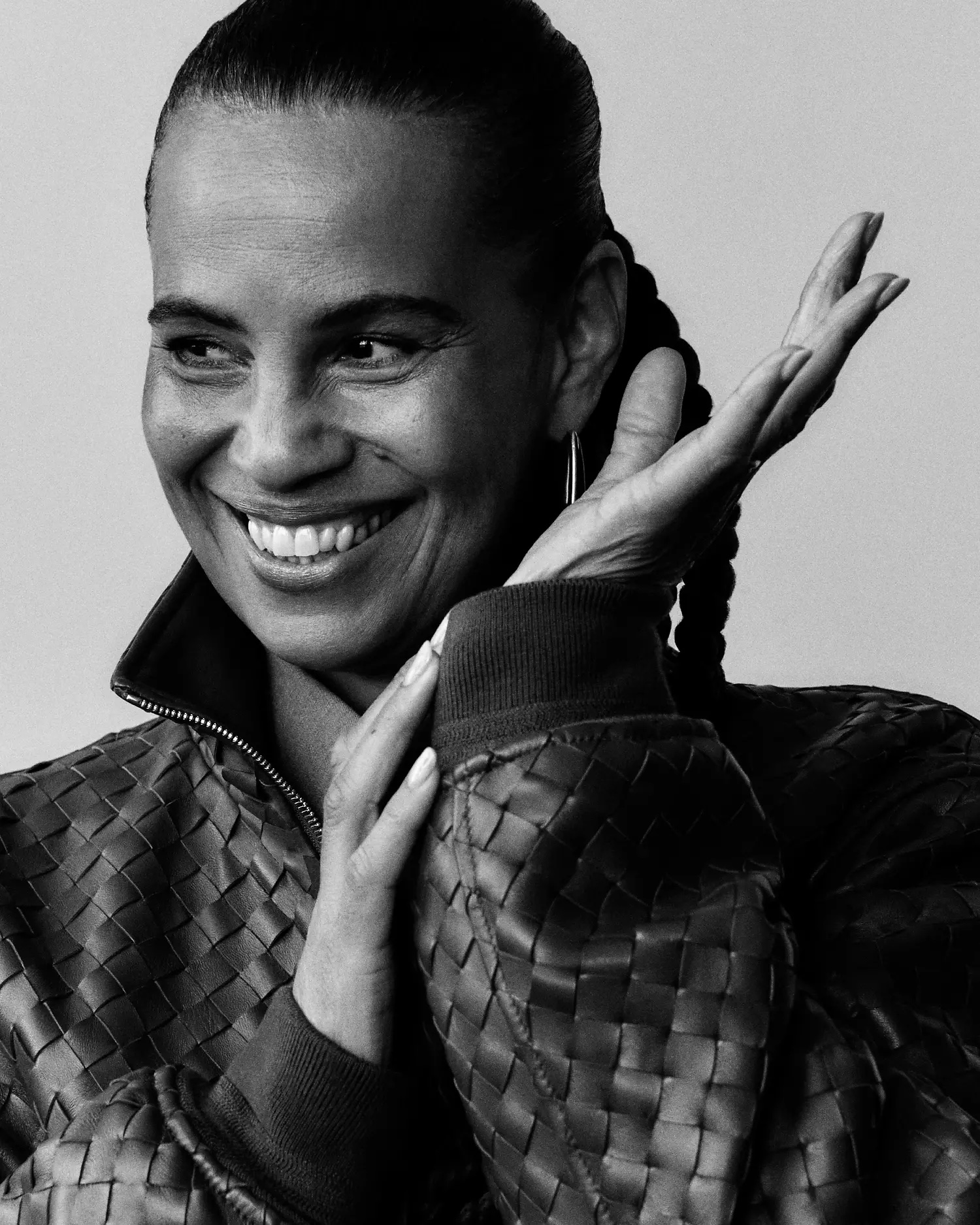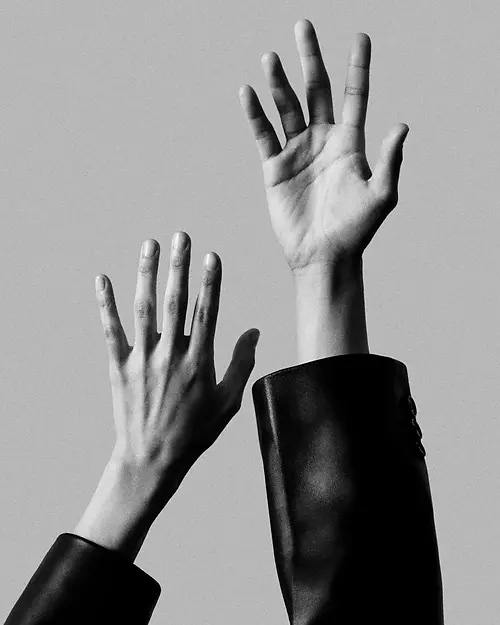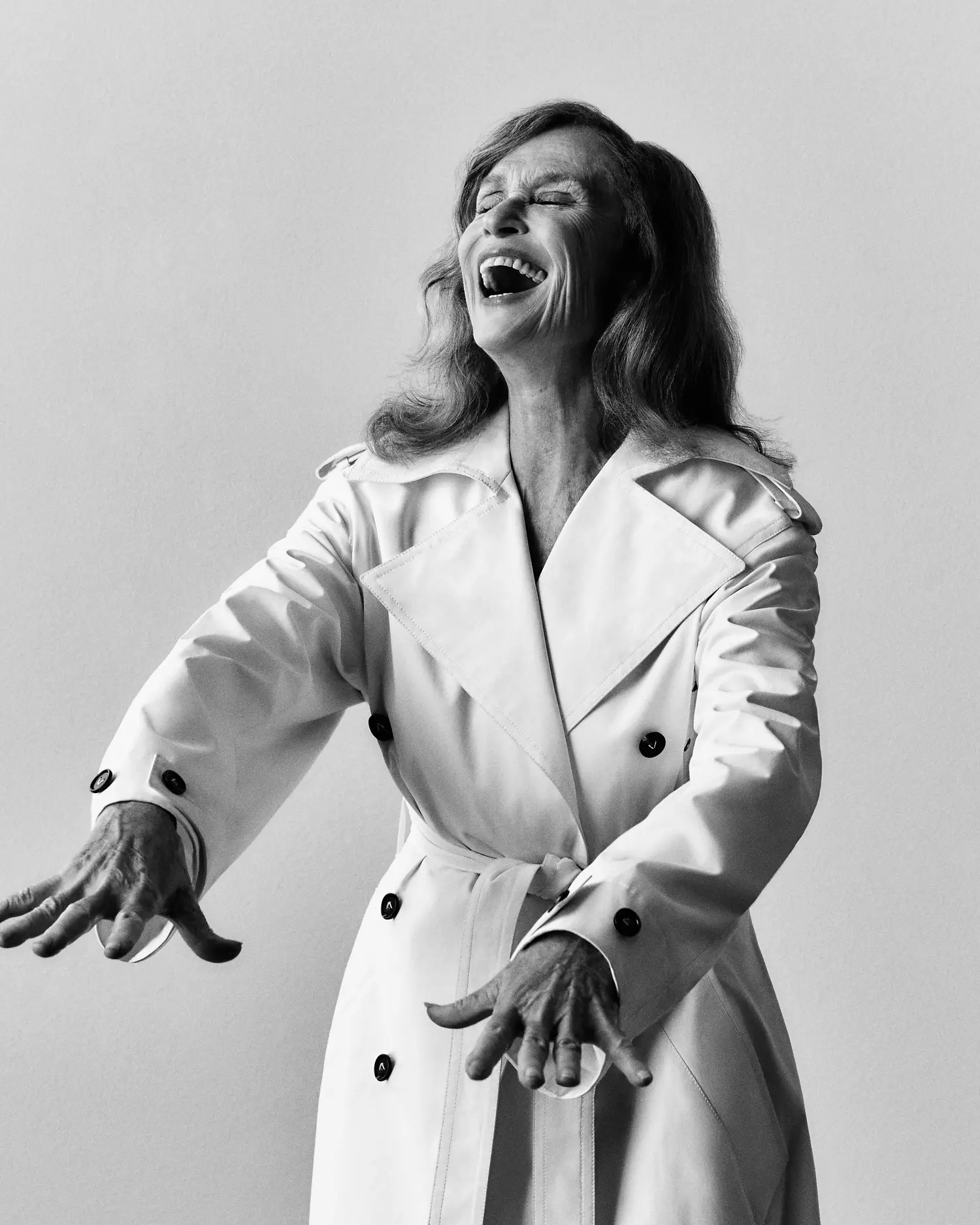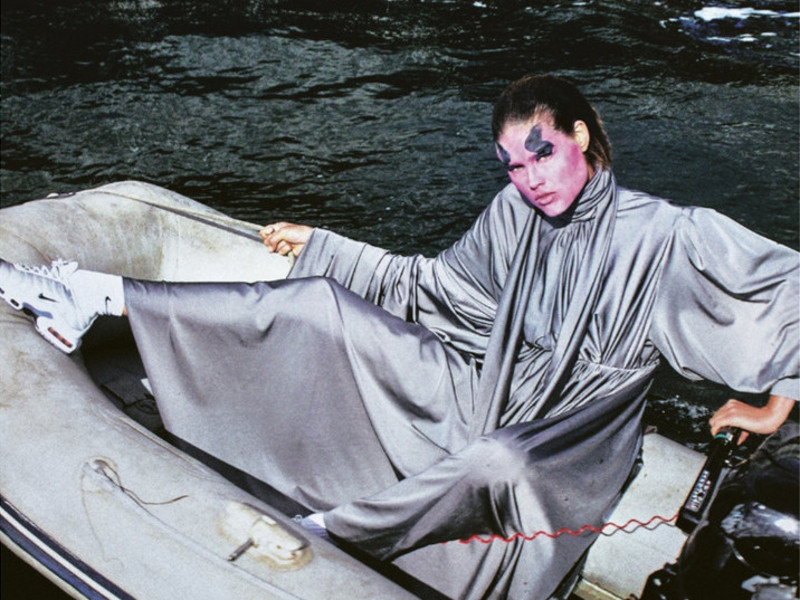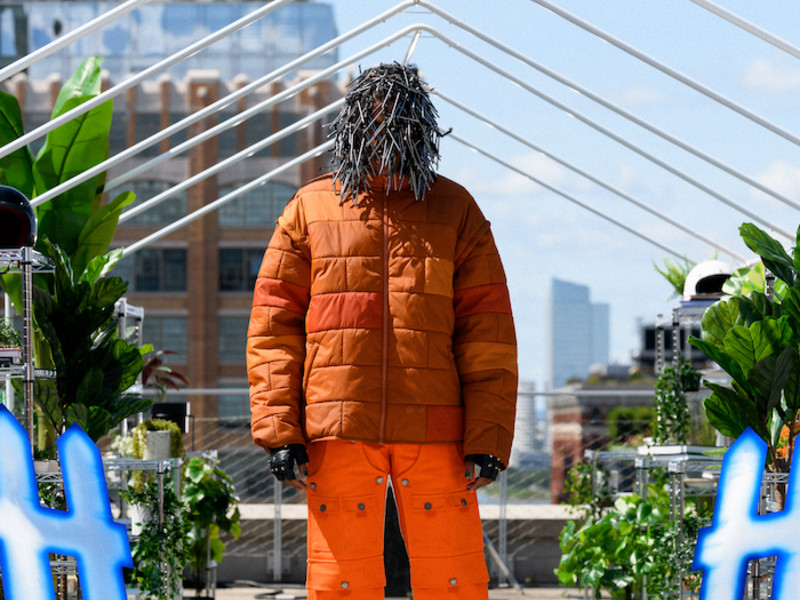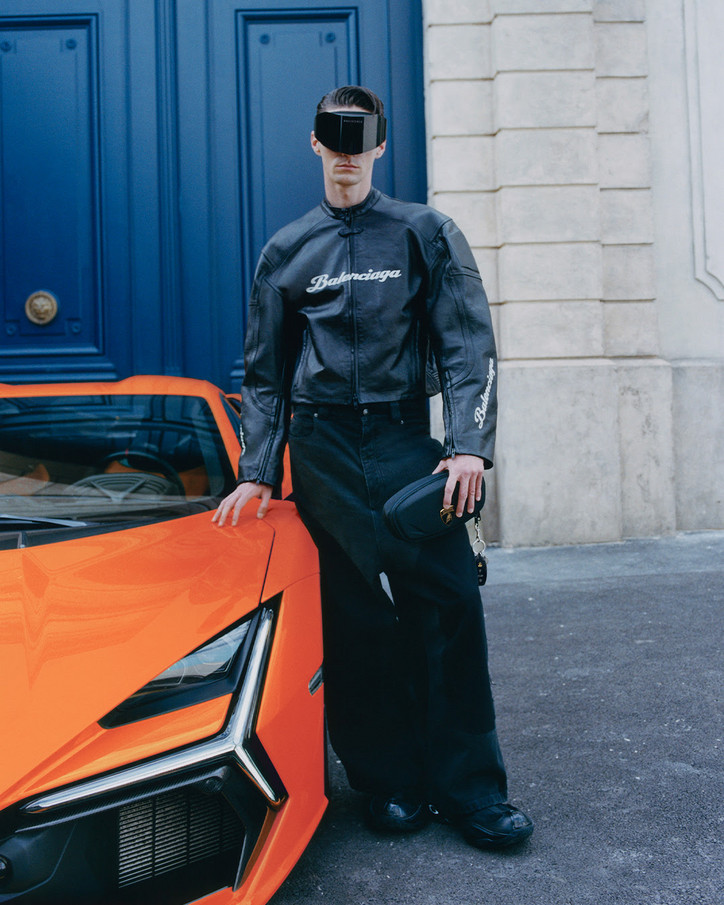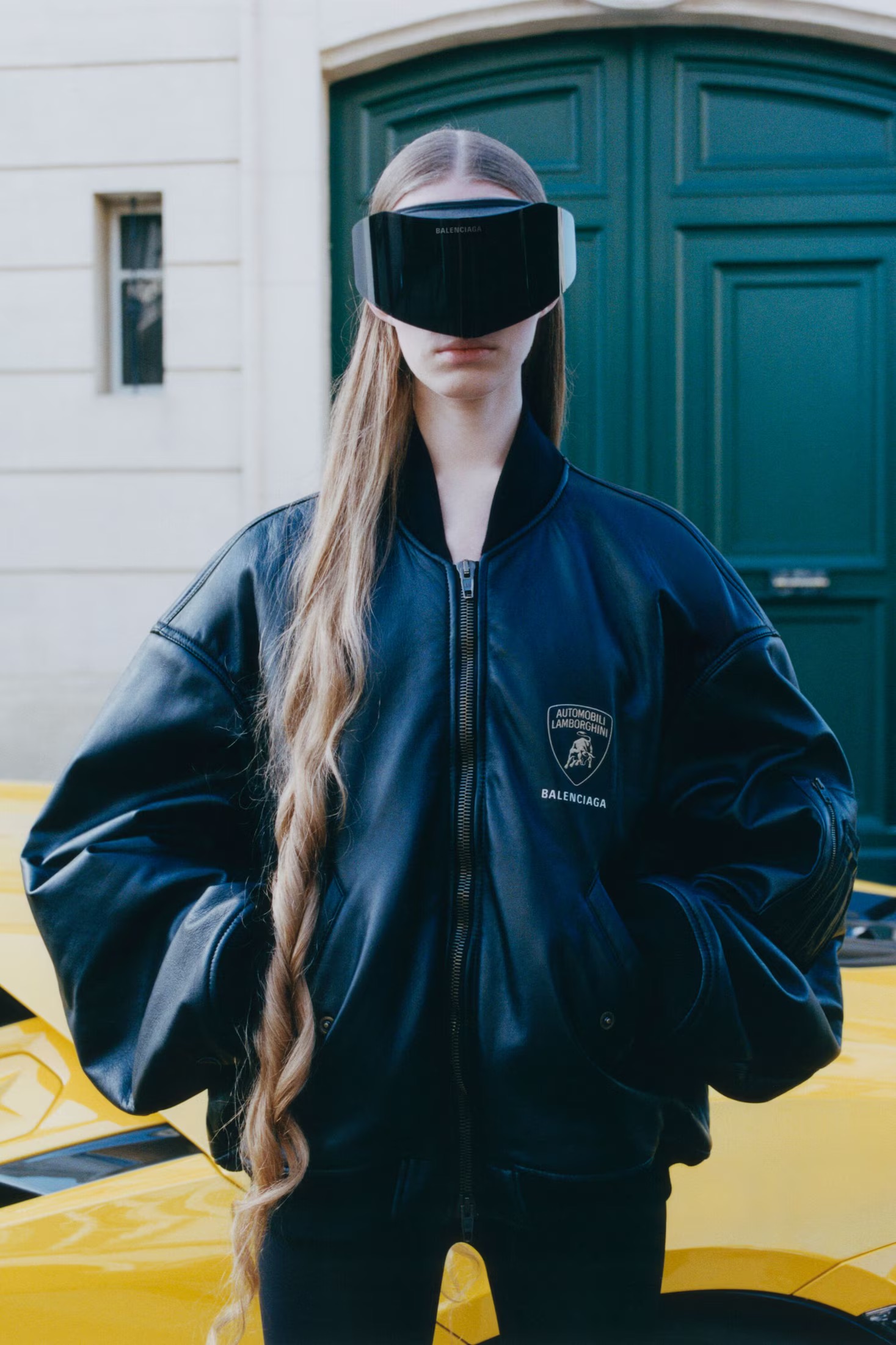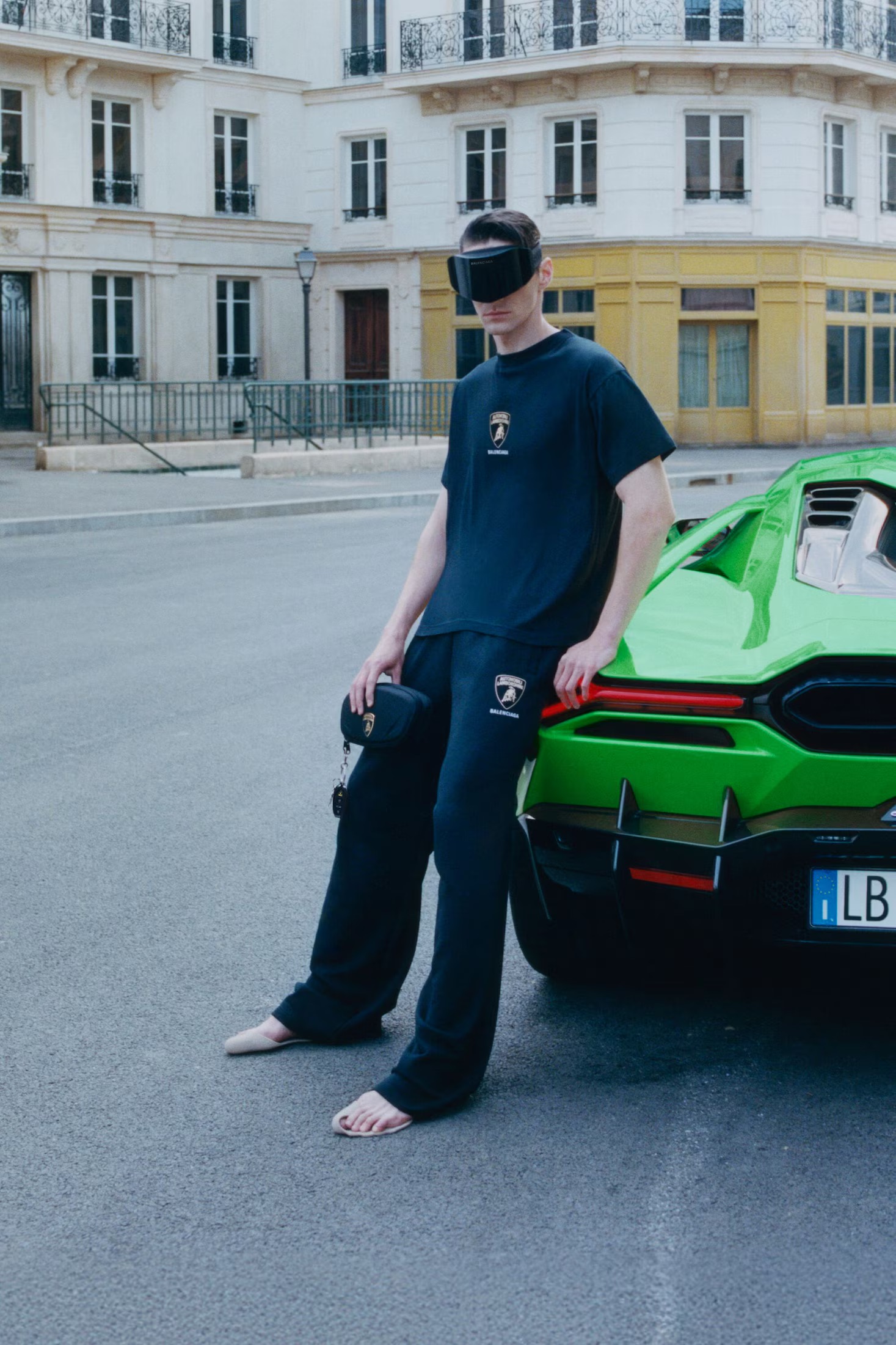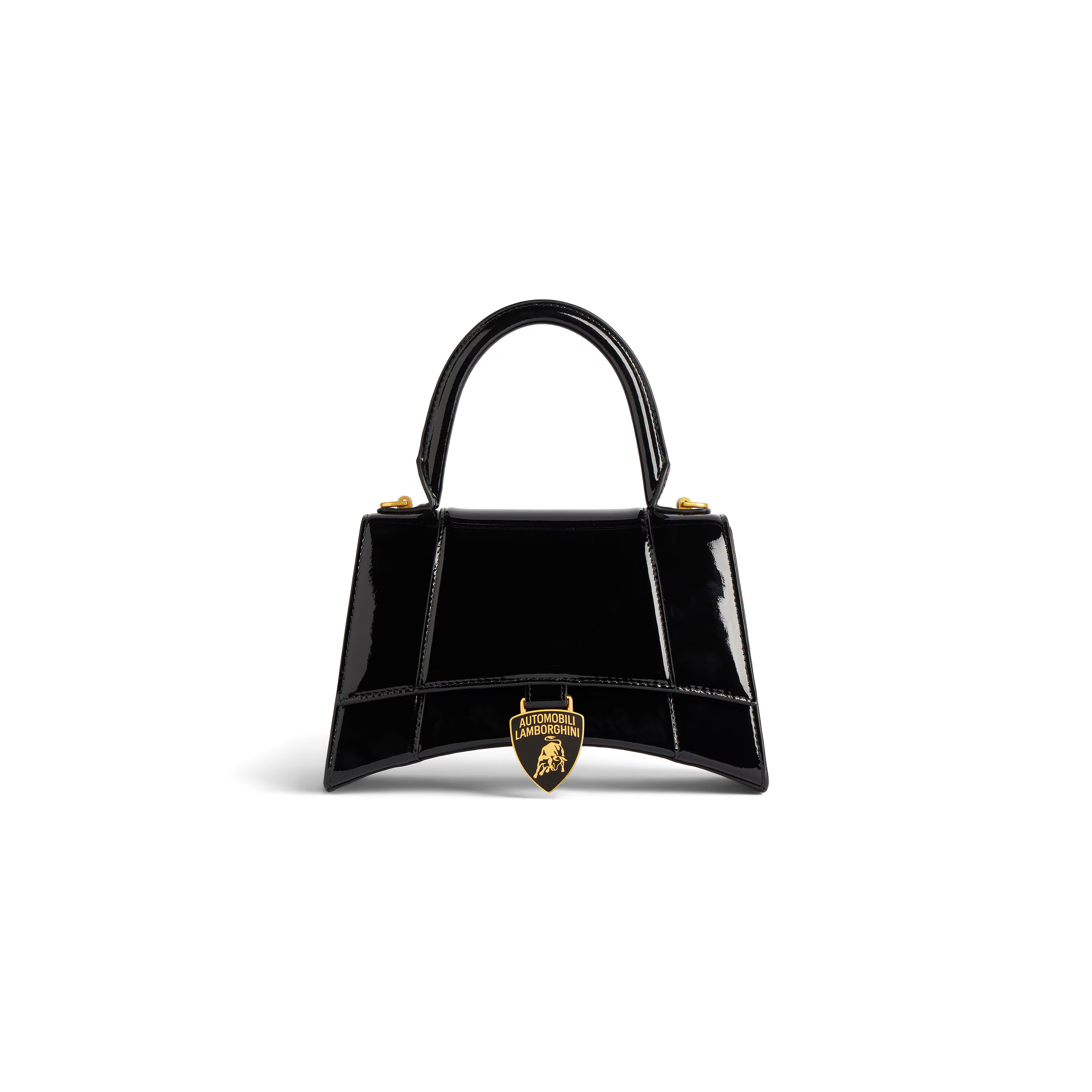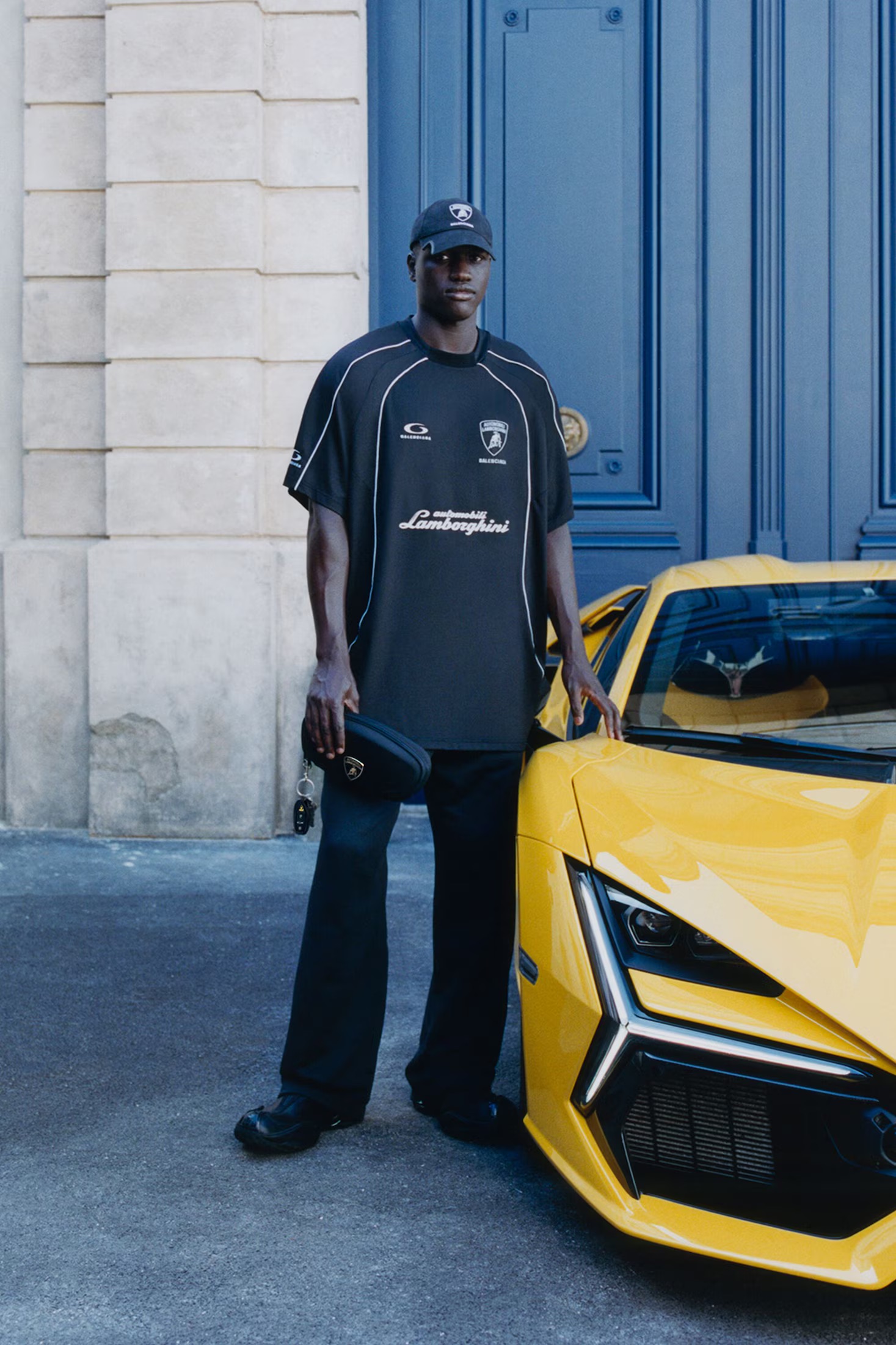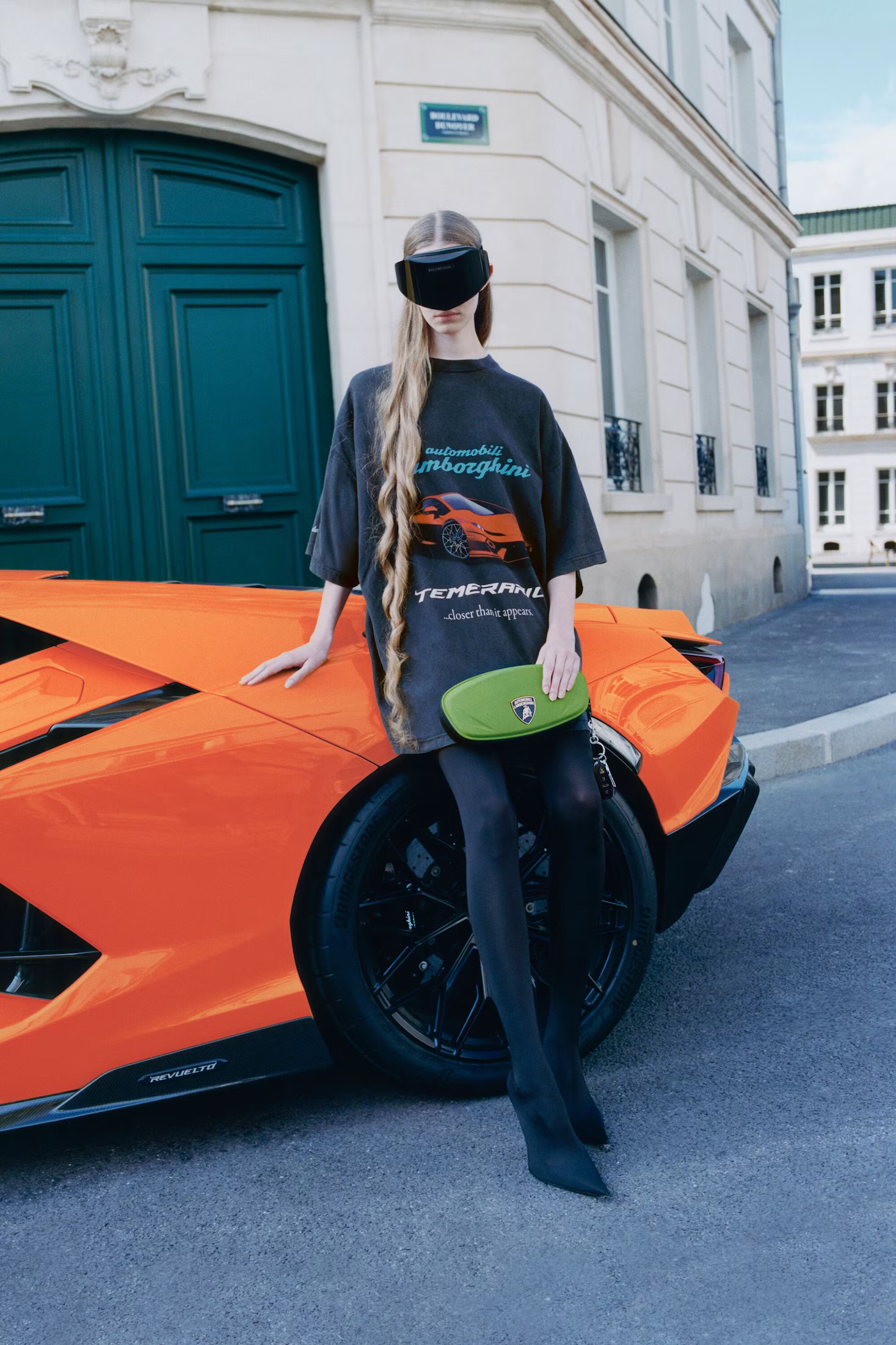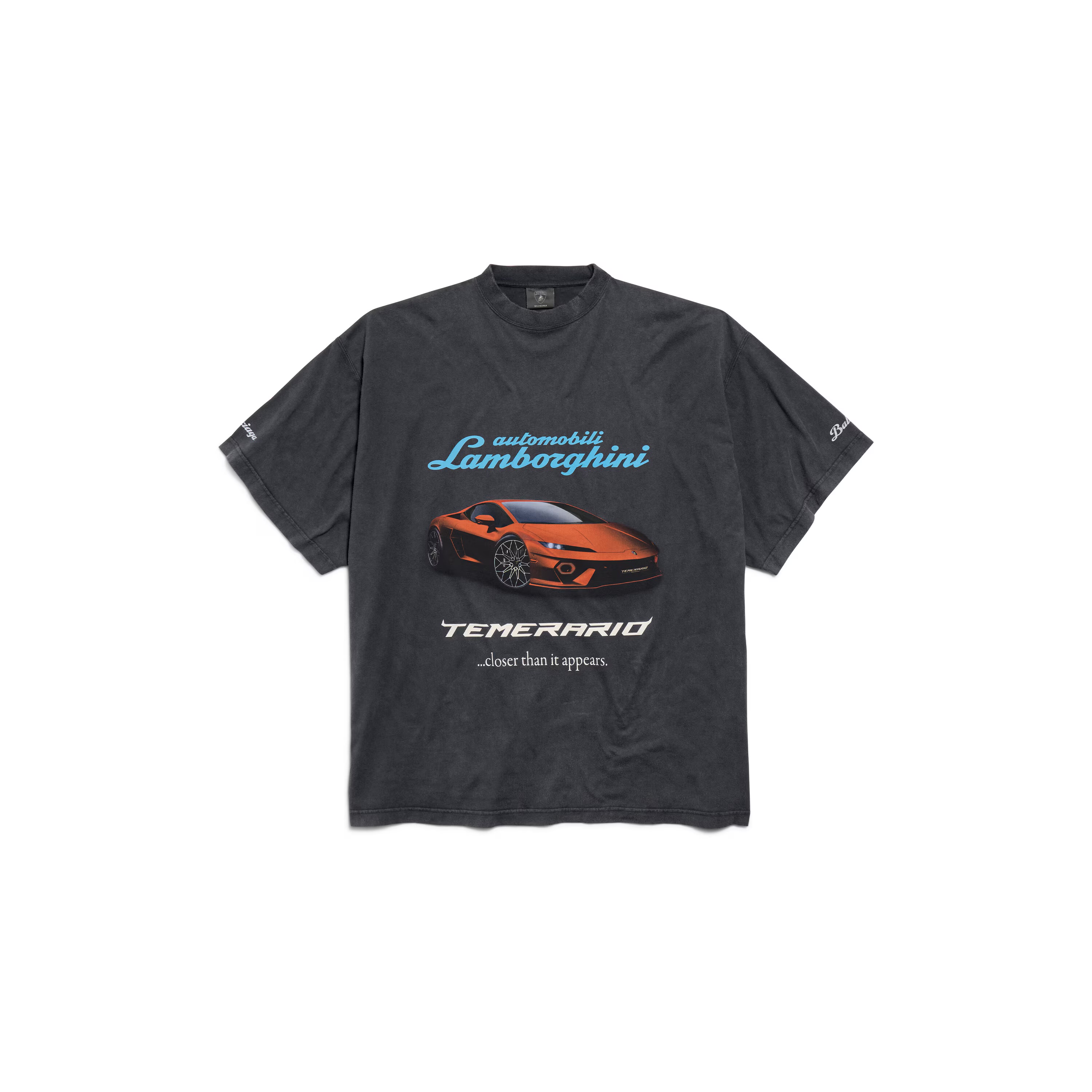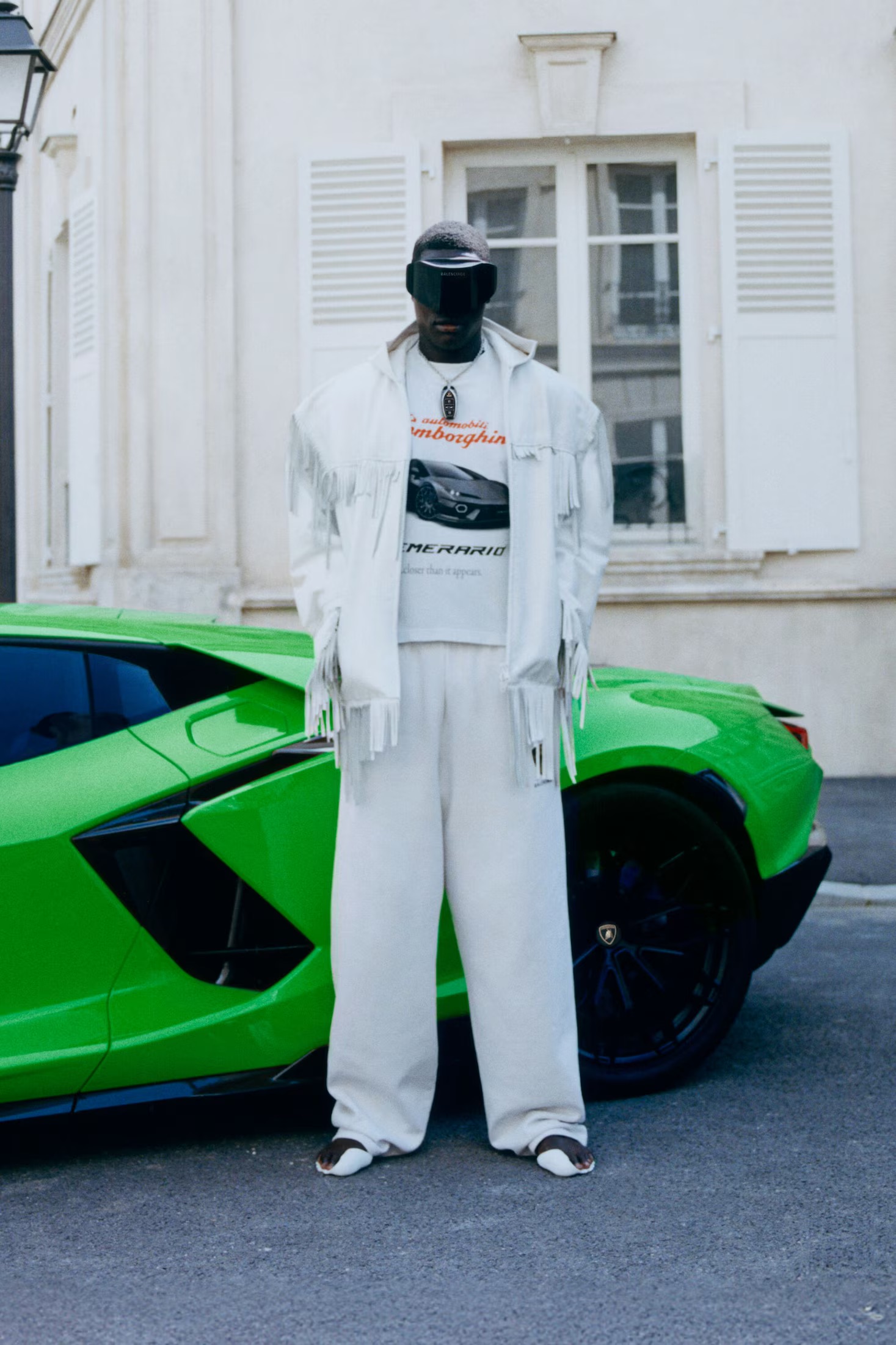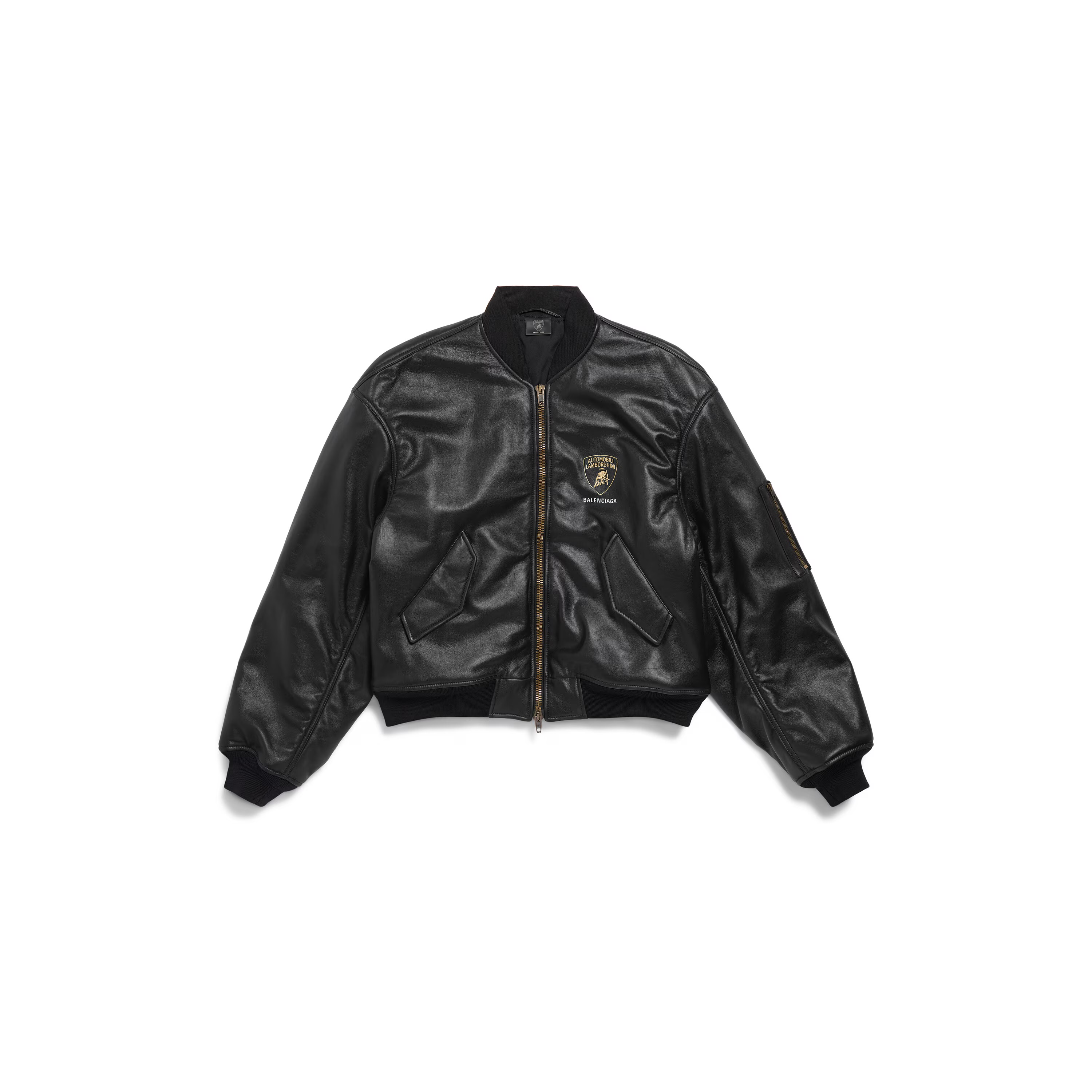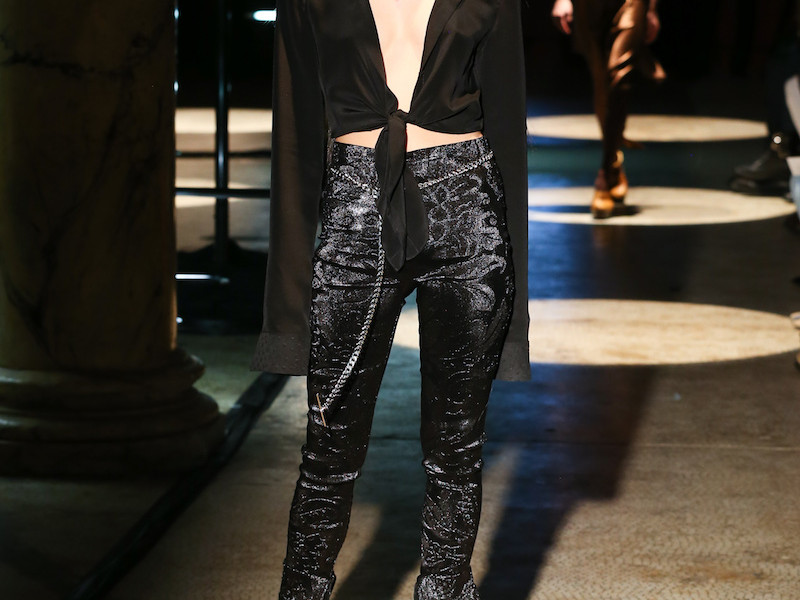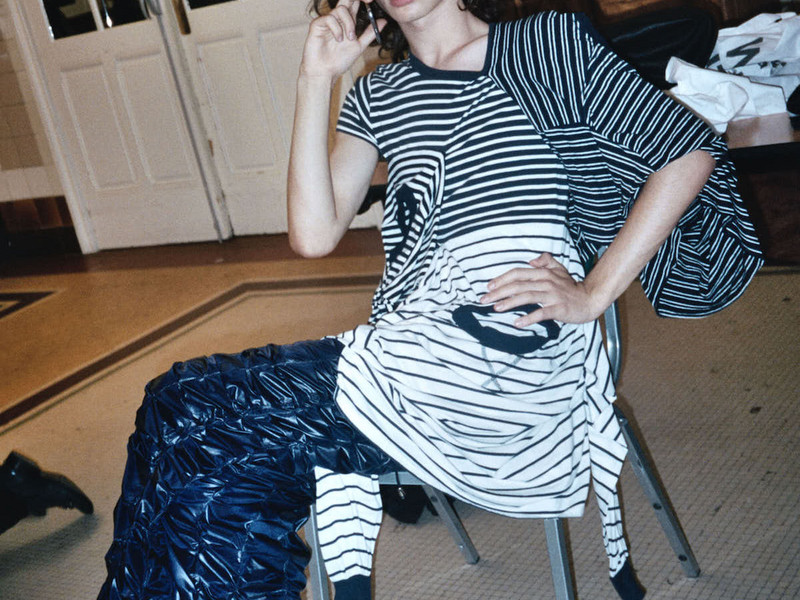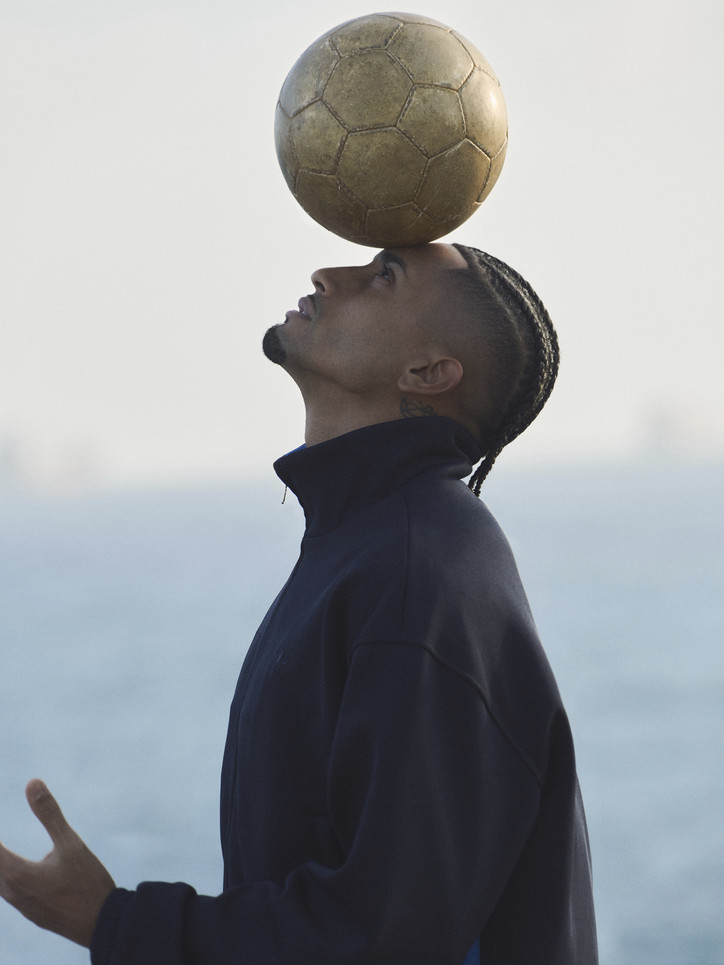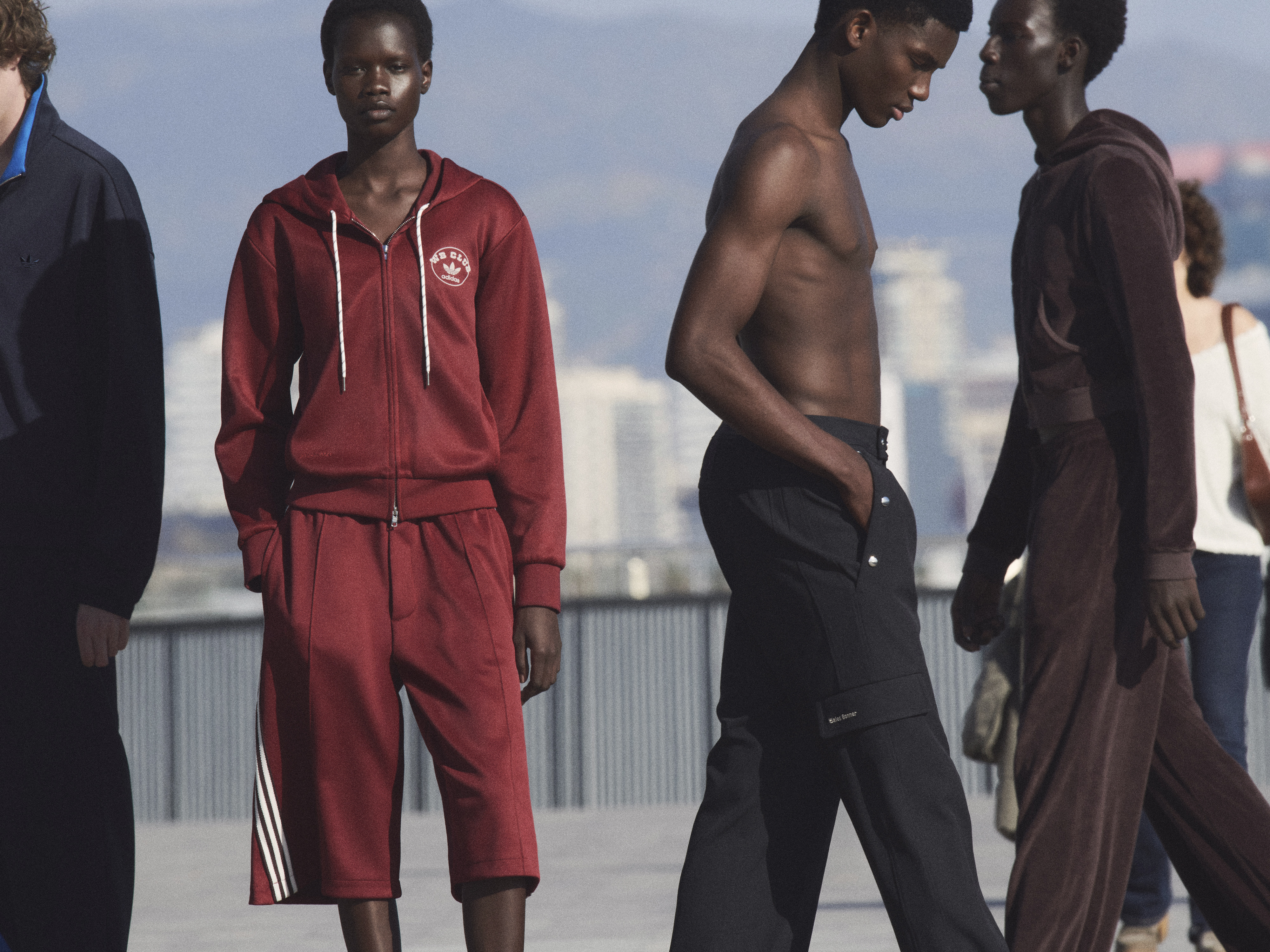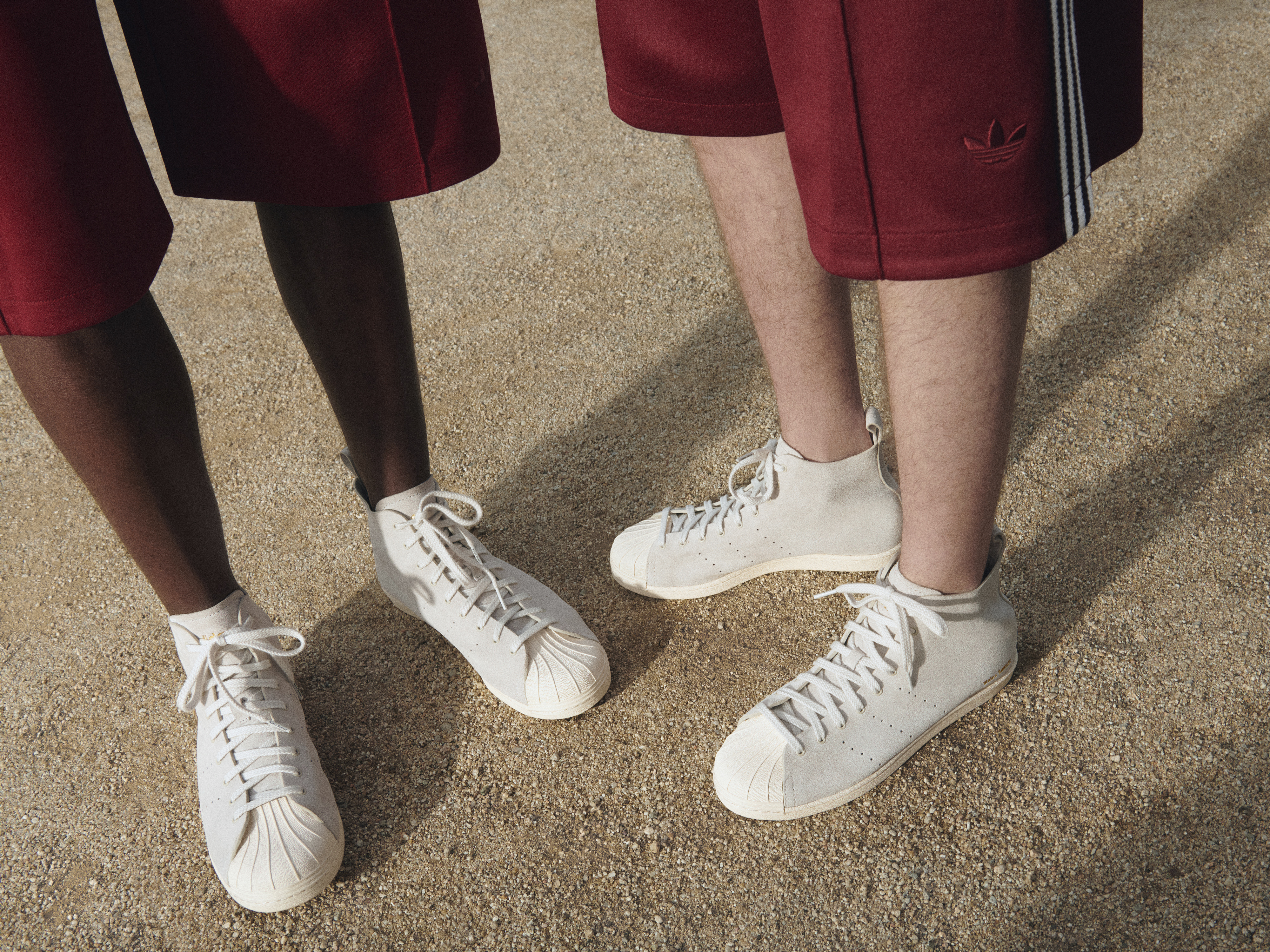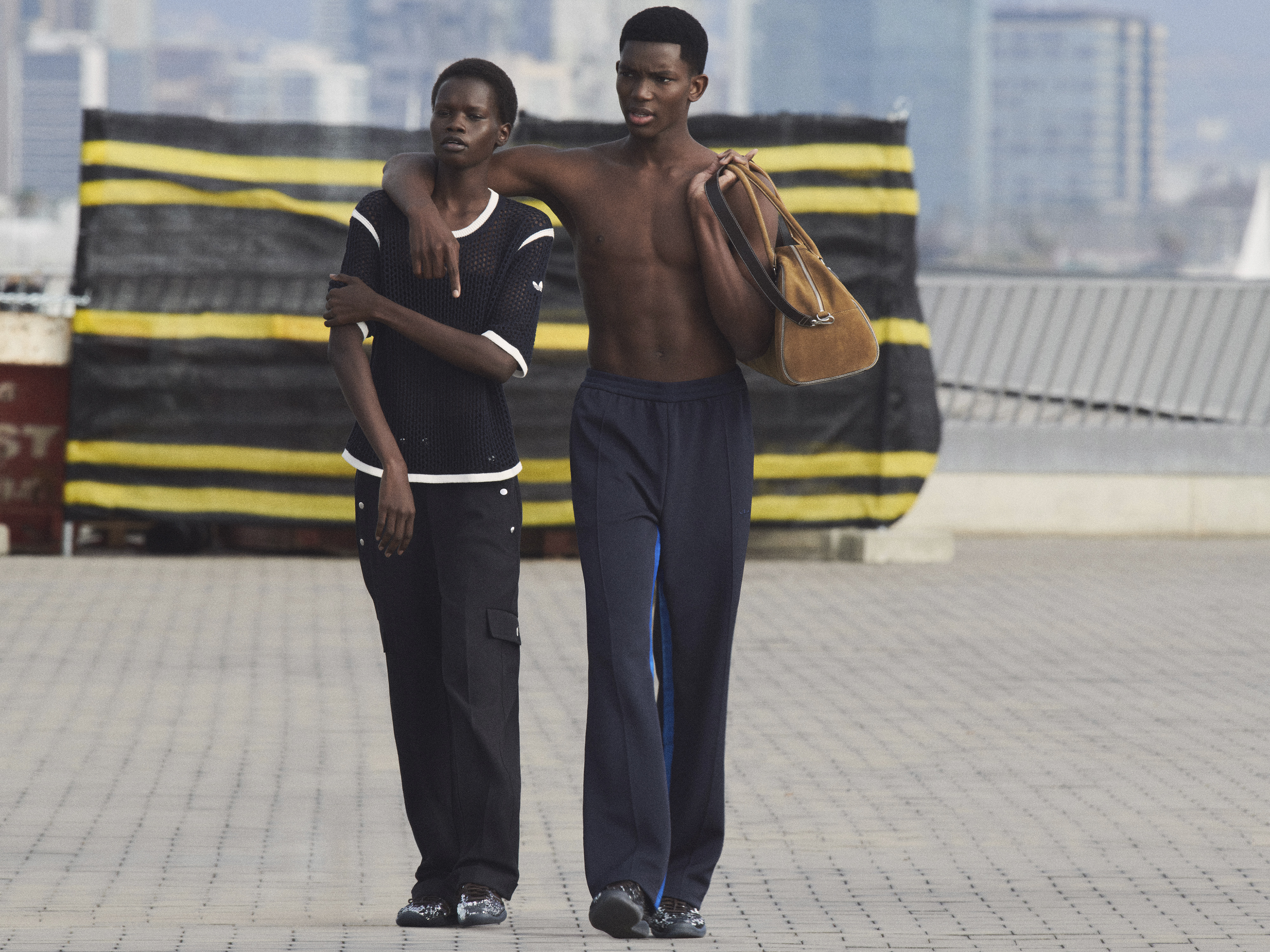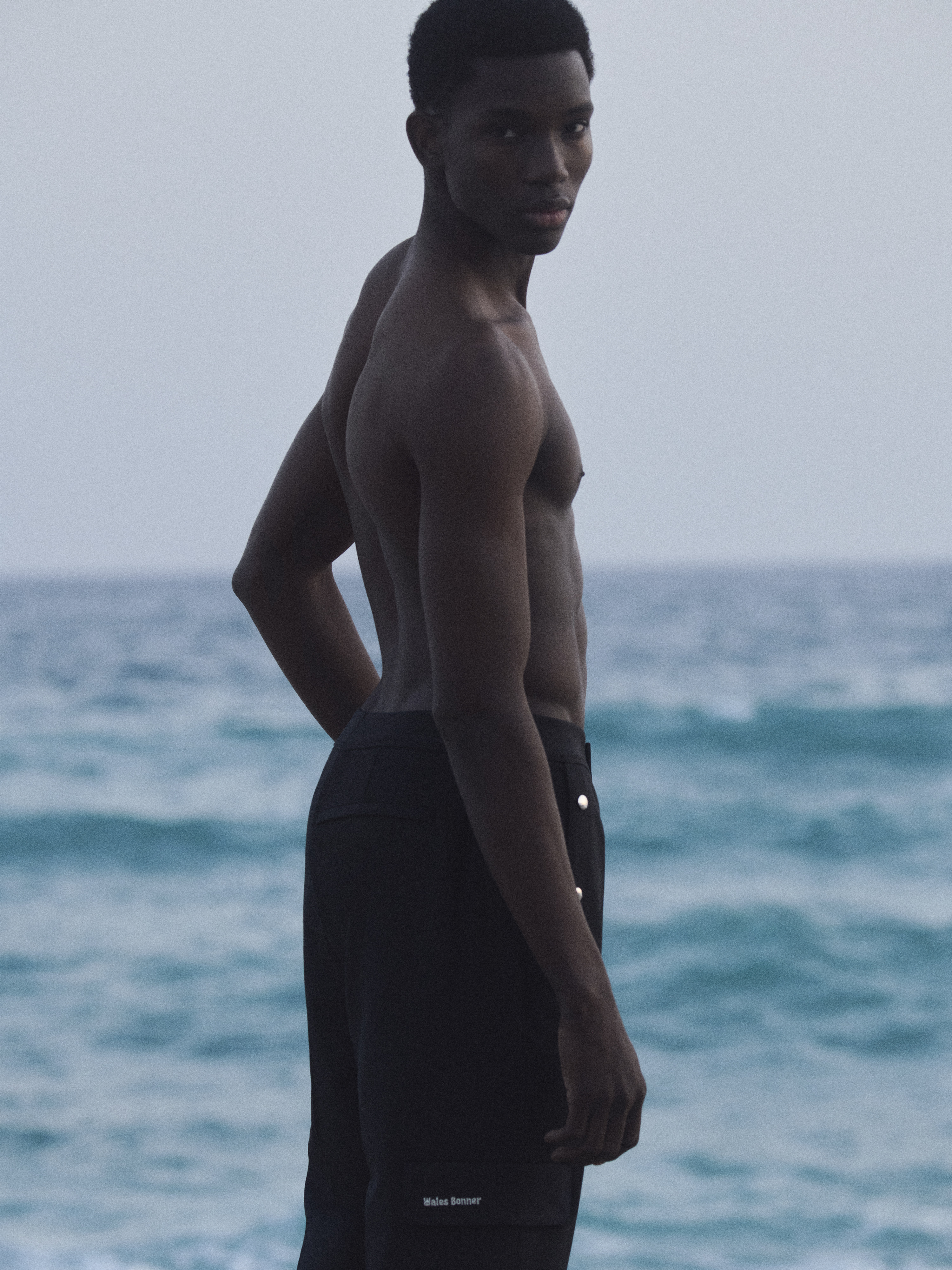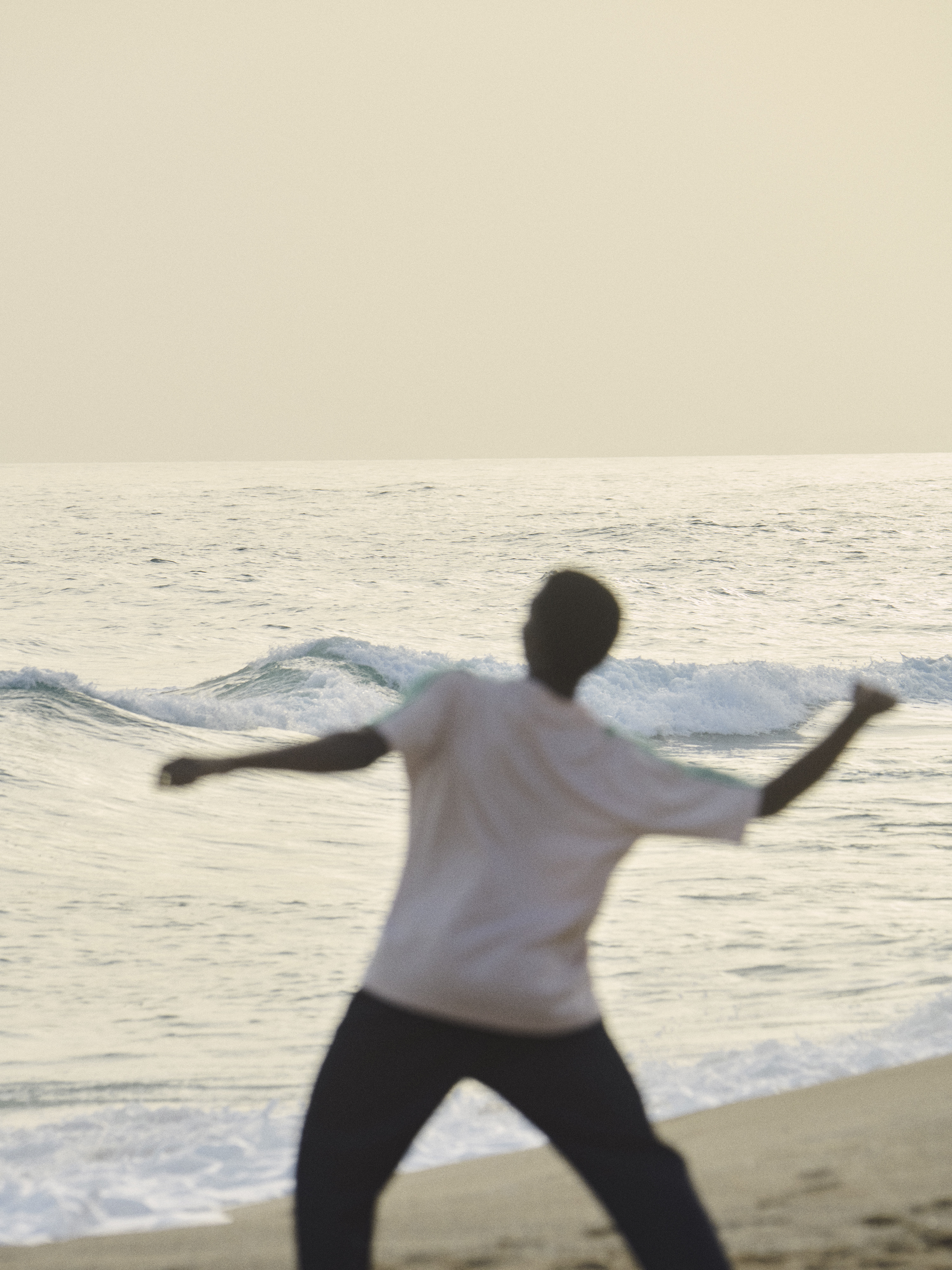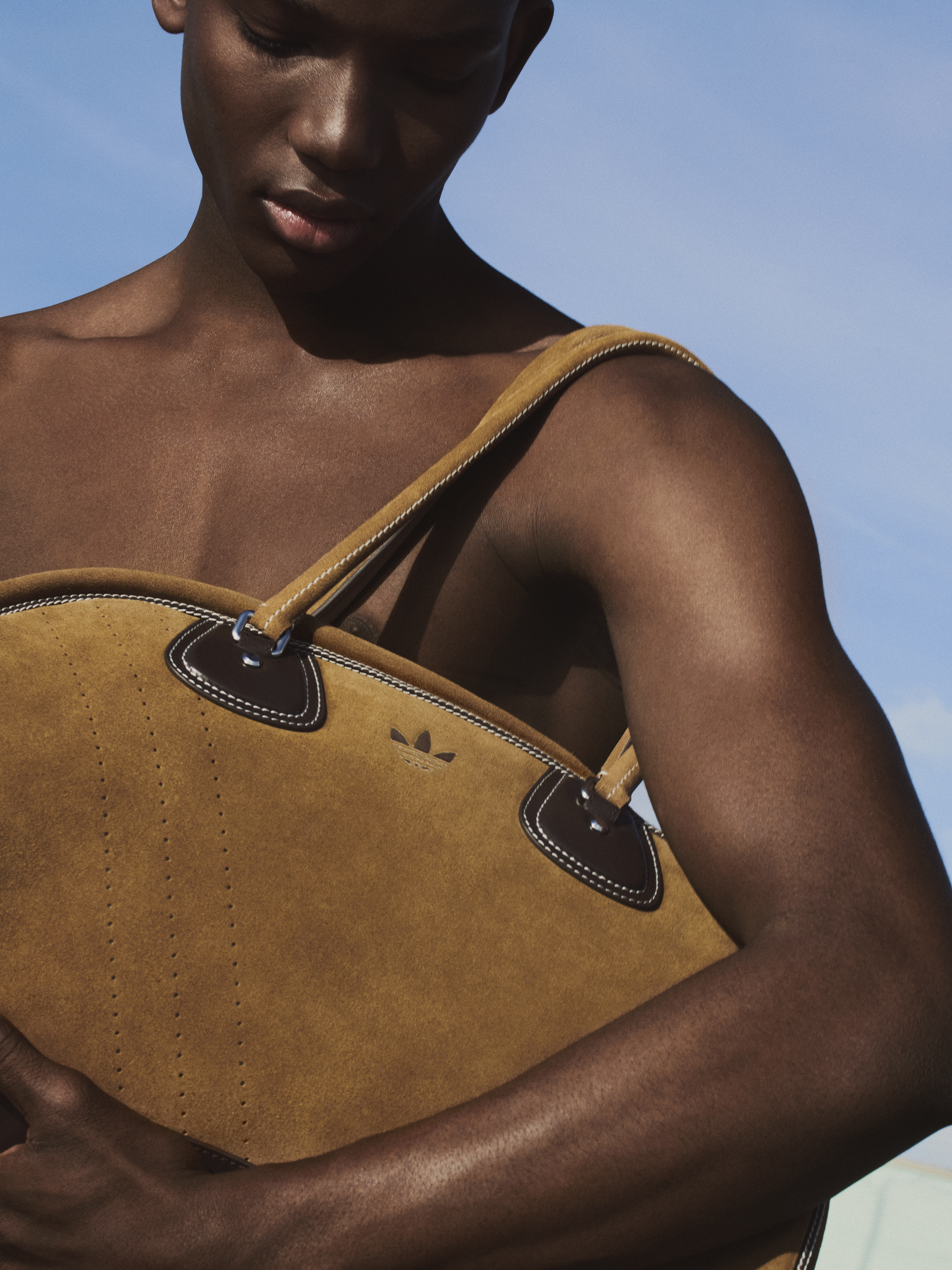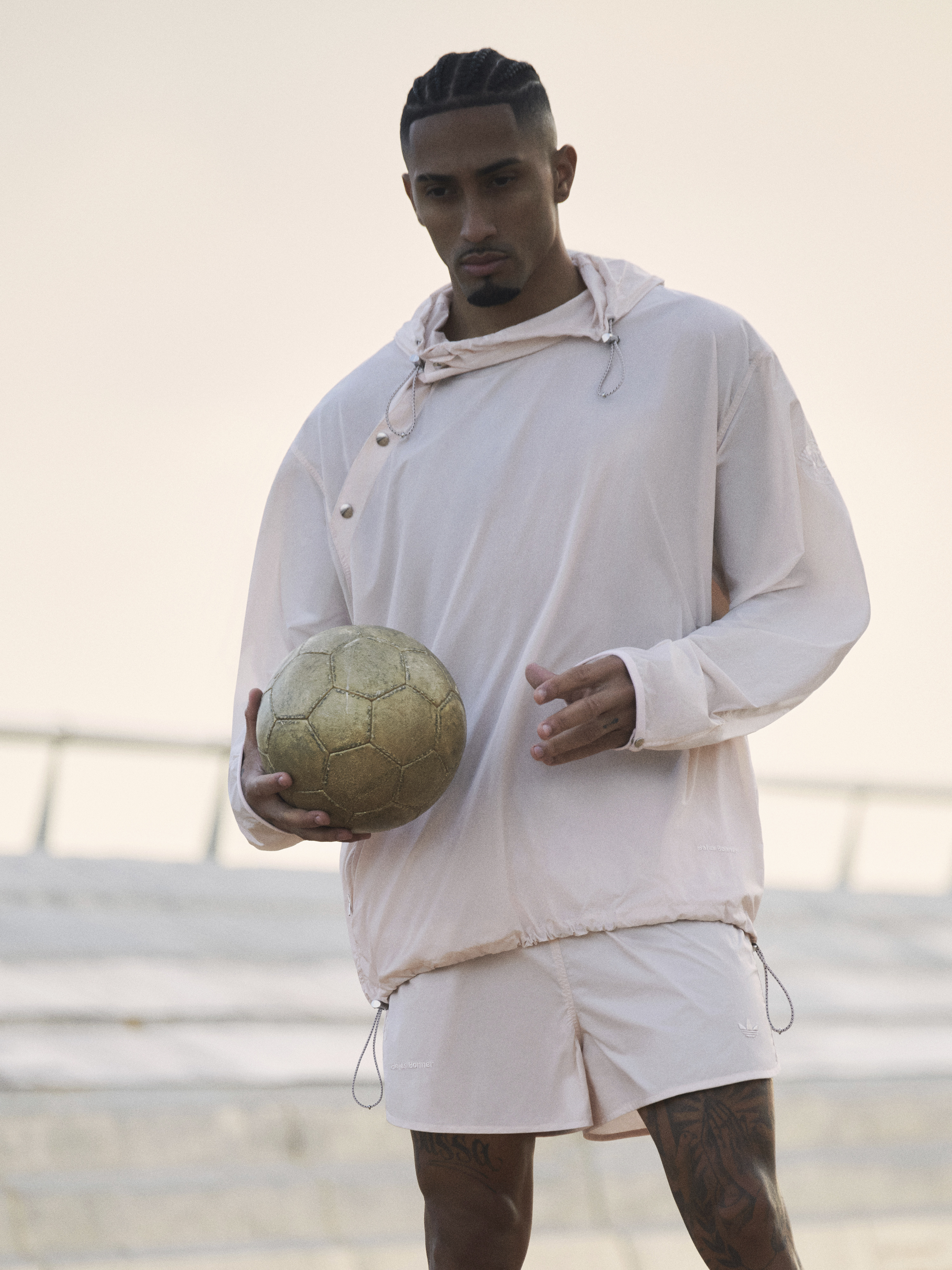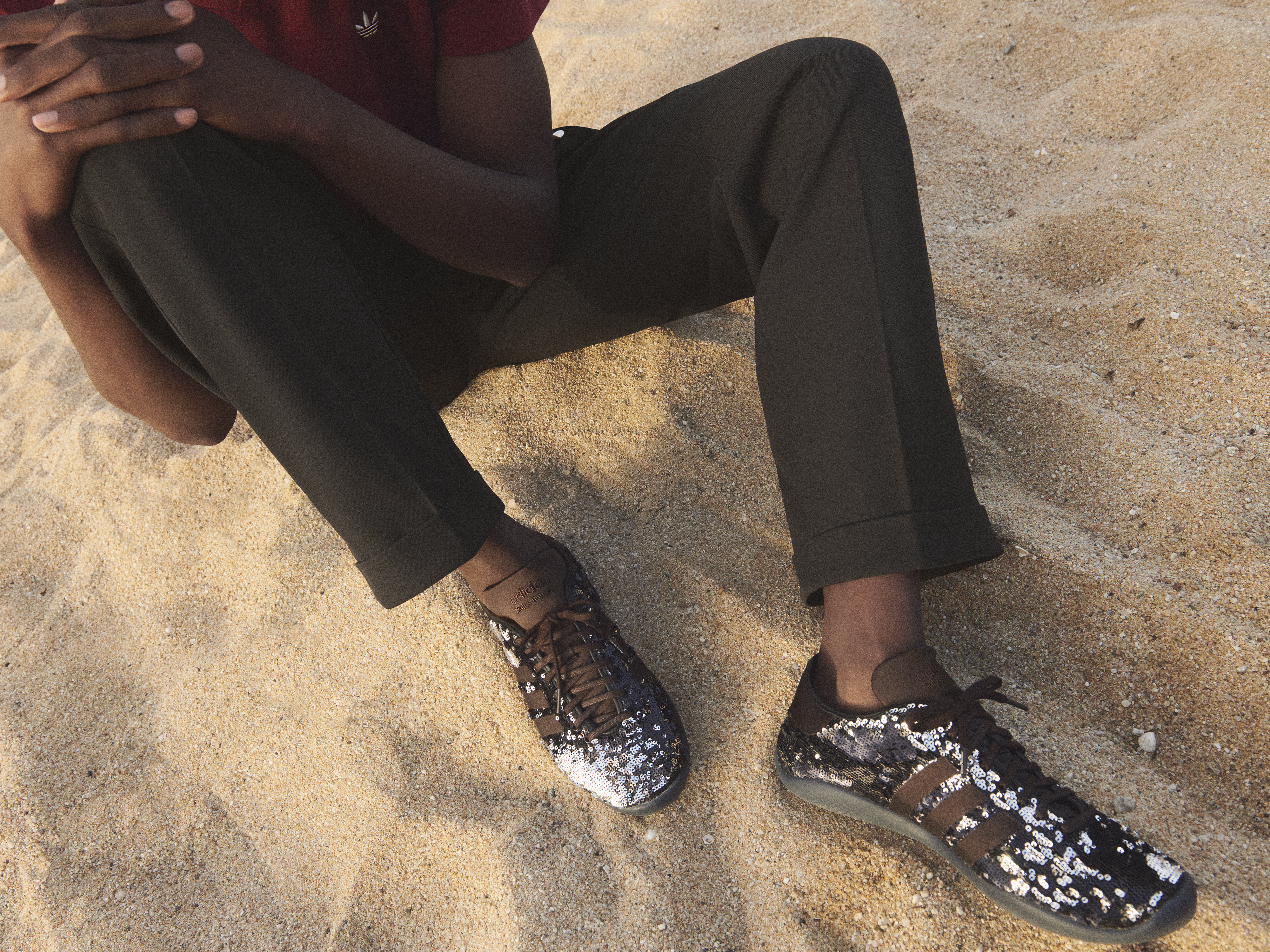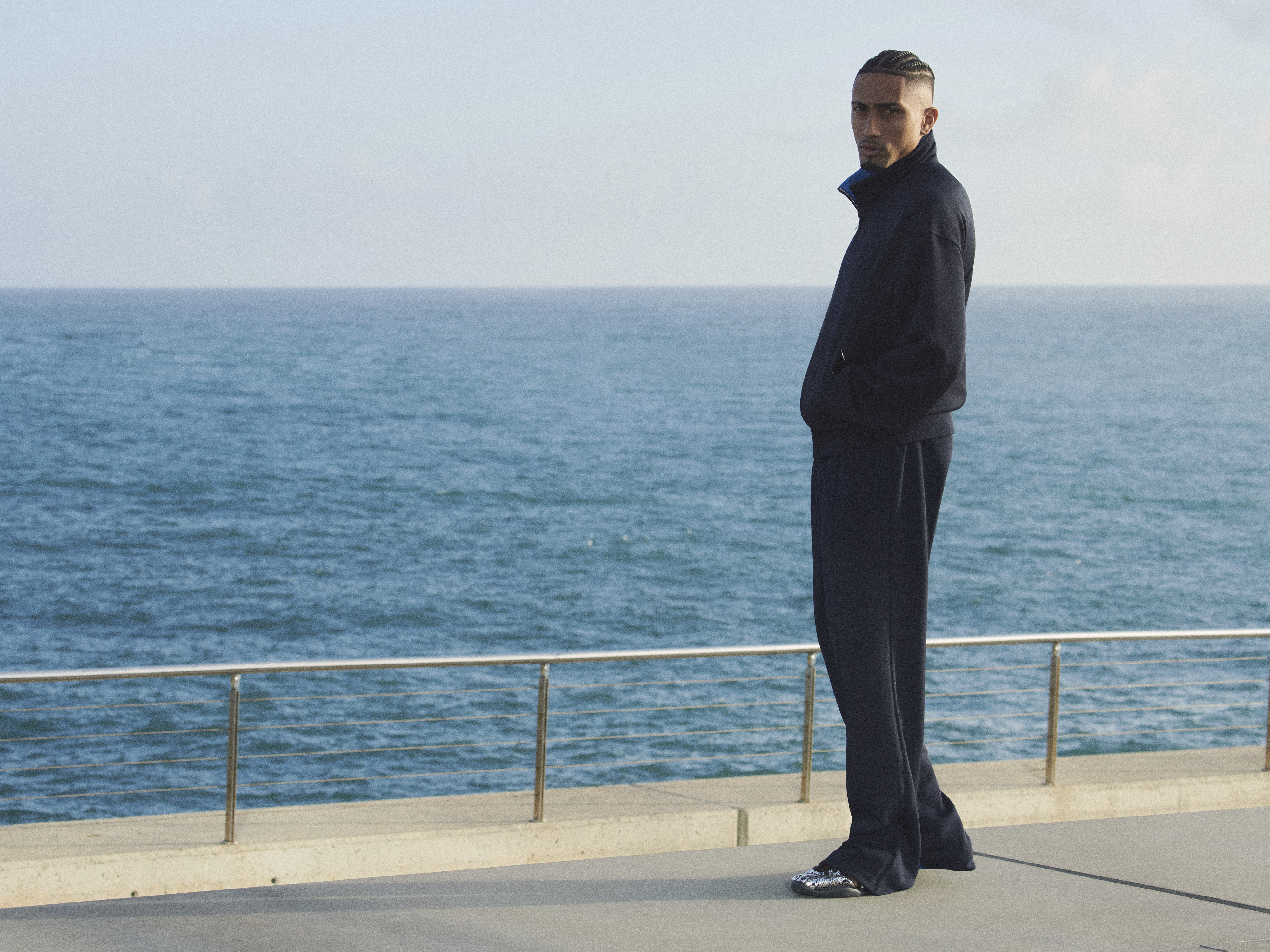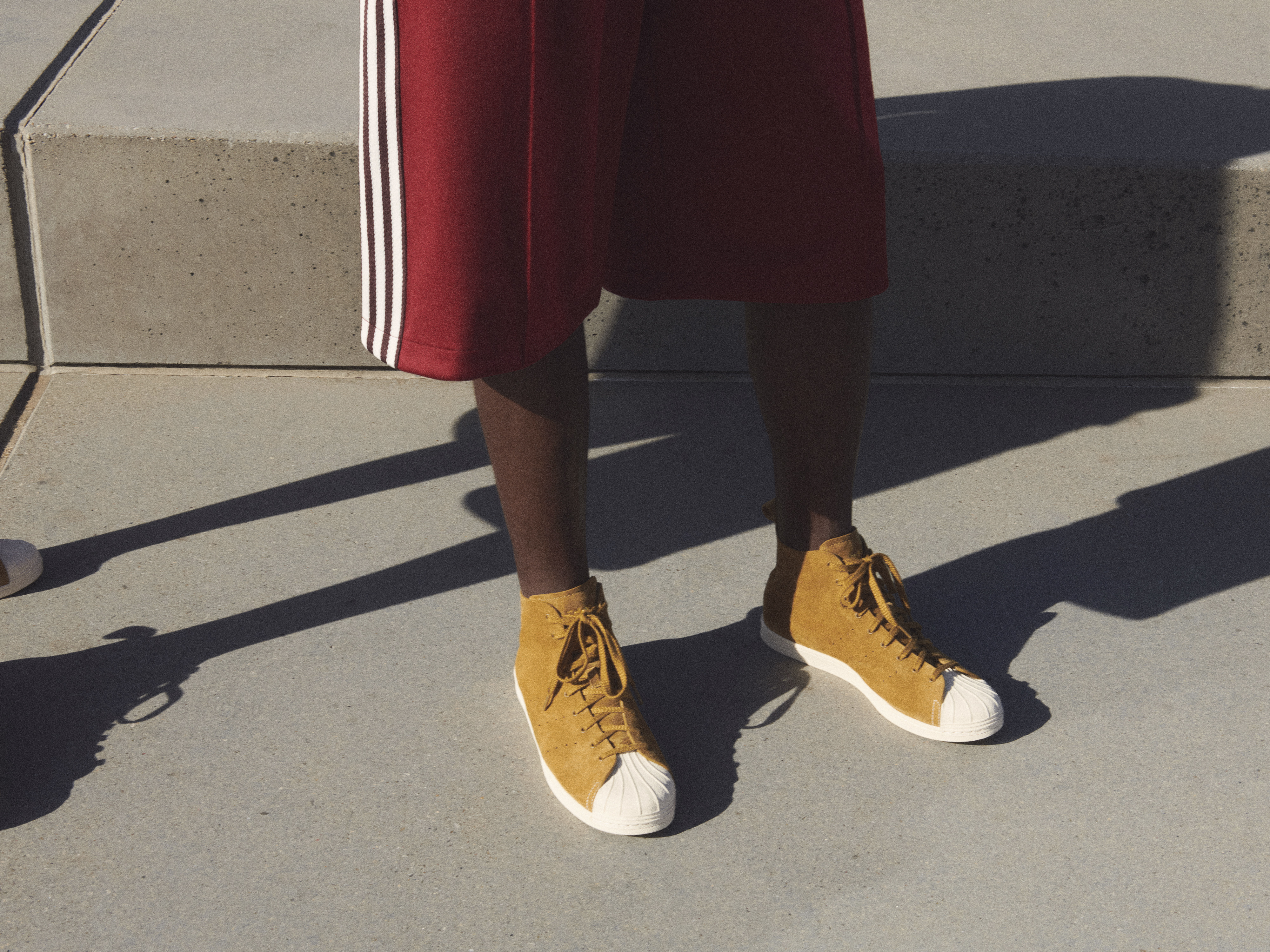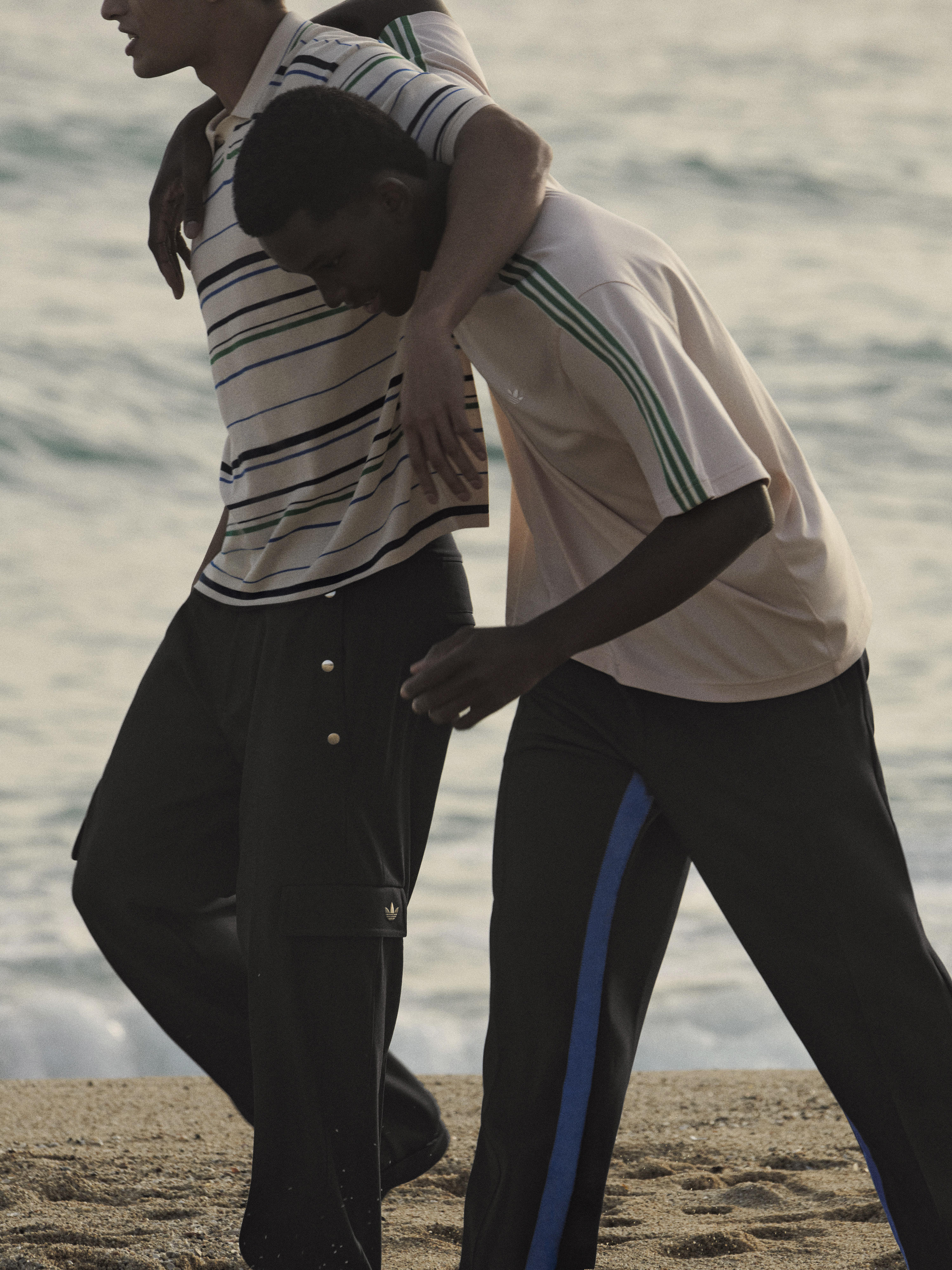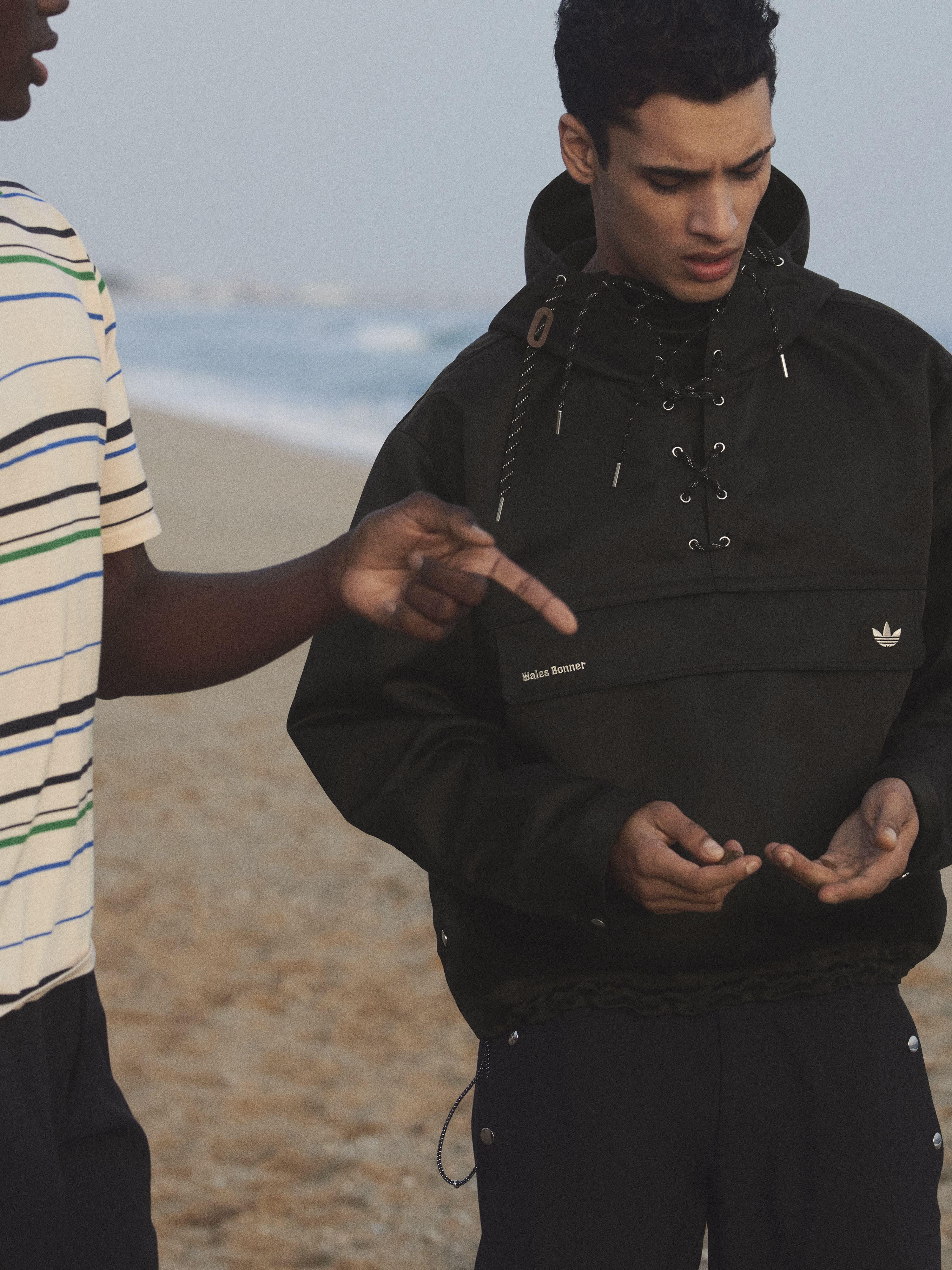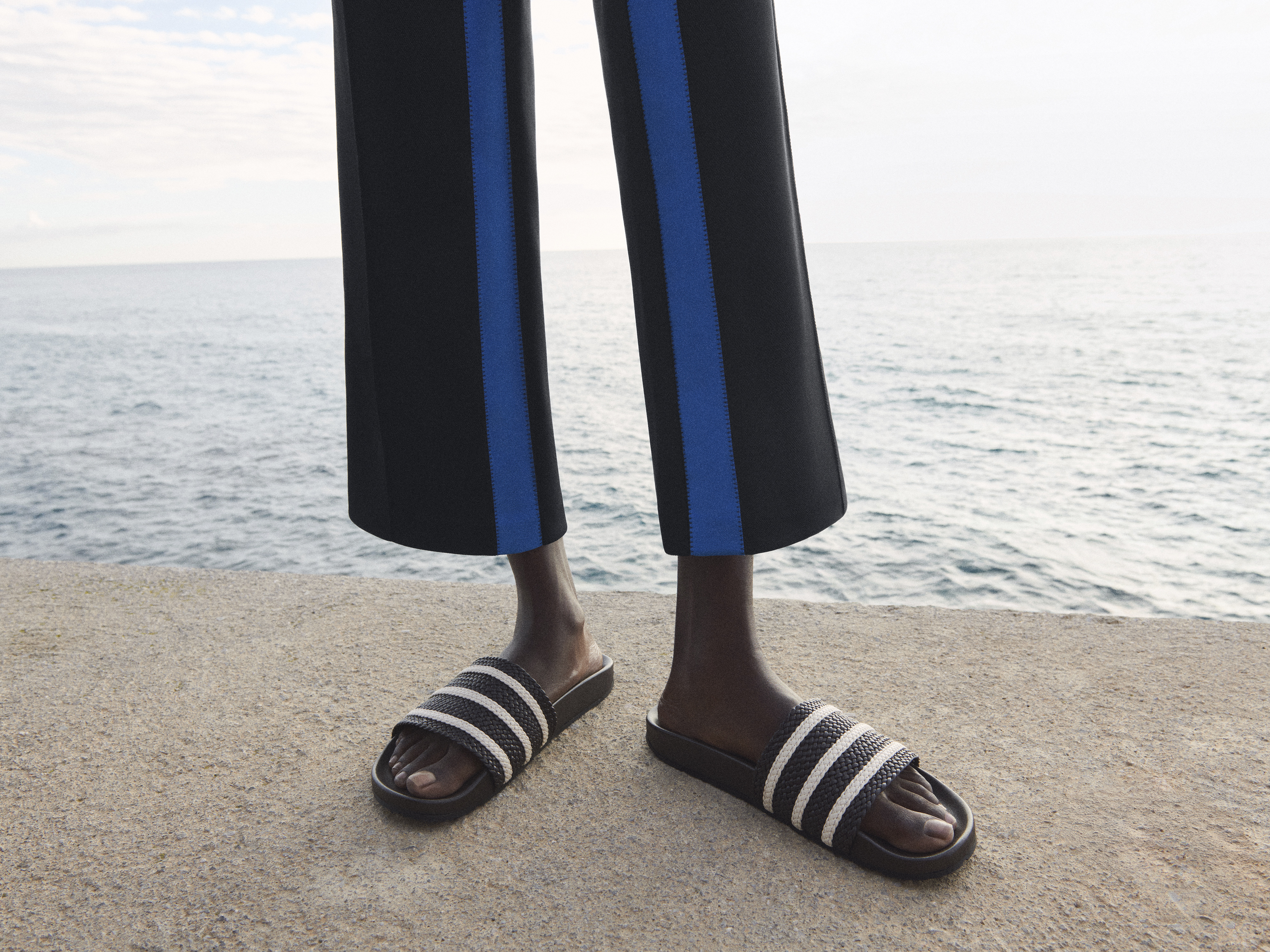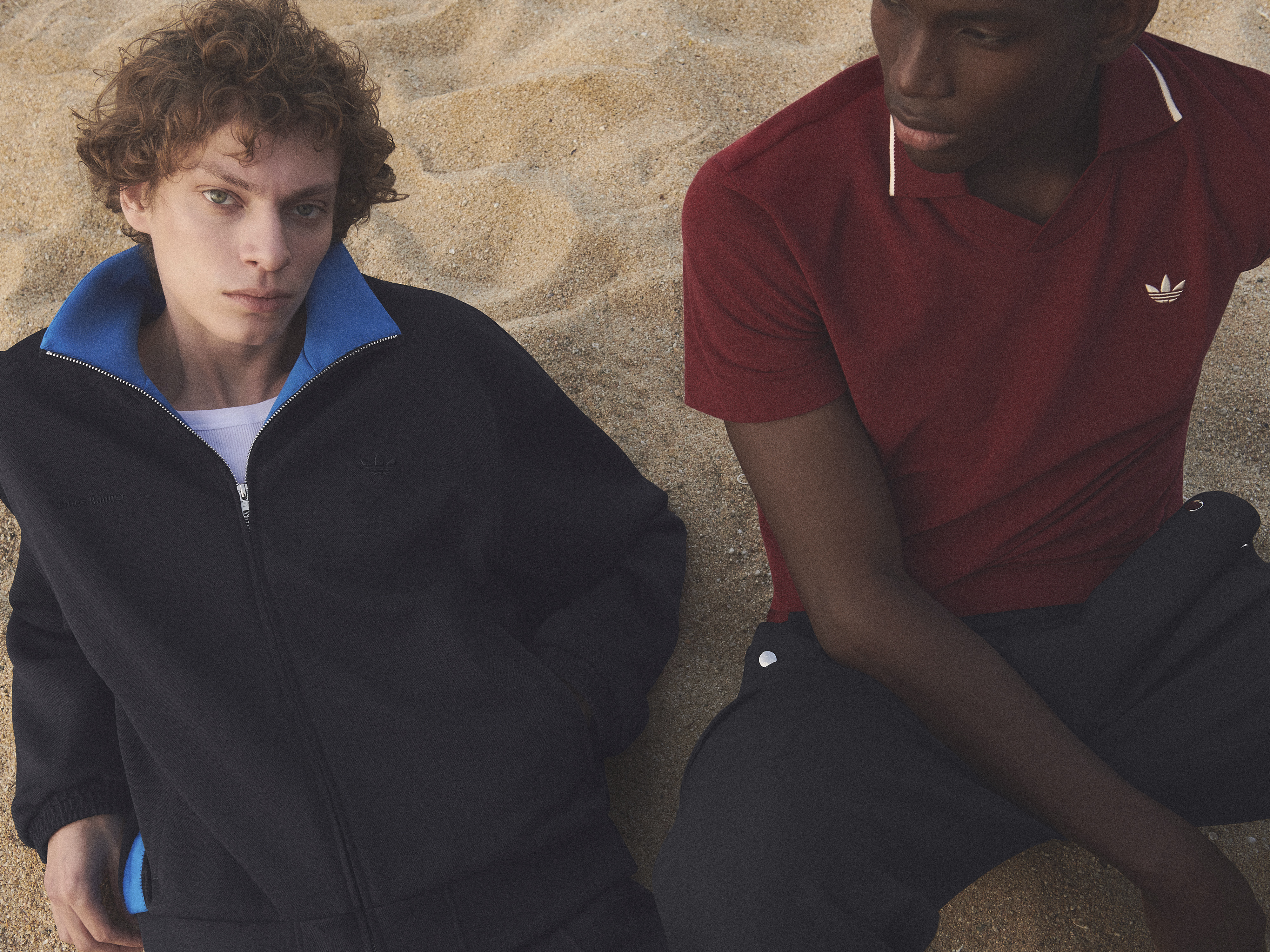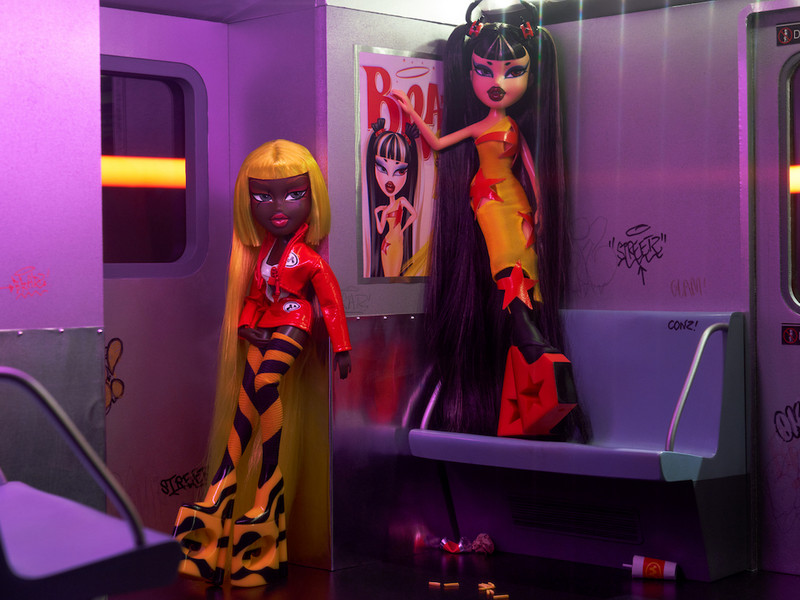Caroline Zimbalist’s Dream World
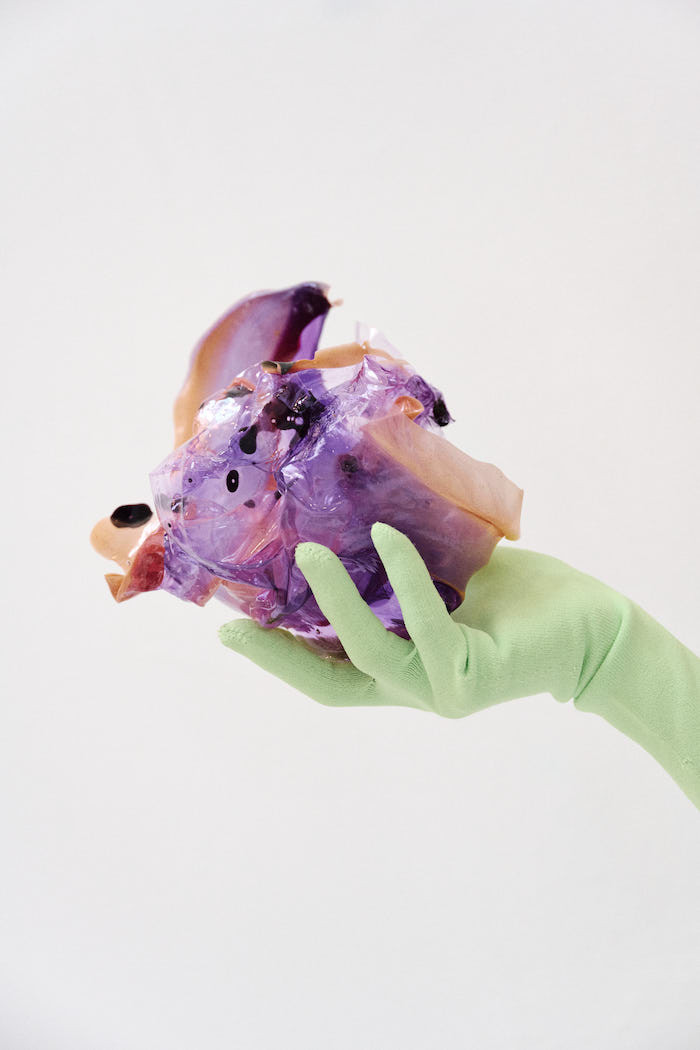
Tell me a bit about your background — you have both formal backgrounds in fashion and art, but did you ever think of combining those two when you were first setting out in your career, or was that a later epiphany?
I started painting and sketching at three years old. Since first grade, I also meticulously picked my outfits and was considered odd by my peers. Fashion and art started to merge in my mind during high school and solidified once I was immersed at the Parsons school. During my Junior year, an experimental knitwear course at Central Saint Martins opened my eyes to the ultra-modern, untraditional methods and artistic techniques I could incorporate into a textile. The two fully combined at that point.
Your designs display an appreciation for the avant-garde and the offbeat — who are some avant-garde artists that inspire you?
Iris Van Herpen, Caroline Hu, Gaetano Pesce, Shona Heath, and Inka Essenhigh.
Another aspect of creating something unexpected is drawing inspiration from unconventional places. Aside from other artists, what are the most abstract places or concepts you draw inspiration from for your work?
I am always moved by nature: warped branches, vines, the fungus on the north side of the tree — how it might look in a futuristic setting. I also am drawn to the art of food plating. Chef’s Table and Grant Achatz’s artistic dishes. I pull inspiration from plating arrangements, unique color palettes, and overall food presentation.
Your pieces are super fantastical and conjure imagery of folk tales or ancient god-like beings. What god, goddess, or fairy tale character do you think would most suit your designs?
Fantasia 2000’s Firebird. Every time I watch that scene, I think of my pieces appearing. I really love the concept behind the imaginative plant-fairy, brought to life by an elk breathing on her. The relationship with nature and living beings is what renews the firebird and in turn, everything she touches becomes alive and a sea of flowers bloom. I also love the color palette of this scene.
What first sparked your interest in experimenting with non-traditional materials, such as Bio-plastics and can you describe what the process of making your own materials is like?
I remember feeling limited to a handful of stores to buy fabric for projects I was working on in school. I wanted to be able to paint or sculpt a material from scratch. One of my first trials was spilling acrylic paint pouring medium onto the ground. When it dried, I was able to peel it and drape it like a piece of fabric. This was the beginning of me creating textiles from scratch. One of my professors asked if I’d heard of Bio-plastics — which I hadn’t. I began researching and within a few weeks, fashioned a few recipes that started to work. It’s a constant exercise and adventure. I cook most of the components on my household stove and generate some of my own pigments. I try to use all-natural ingredients. I’ll heat a mixture and sculpt it into the desired shape which will harden with time, adjusting ratios to strengthen or weaken the material. It is a continuous experiment.
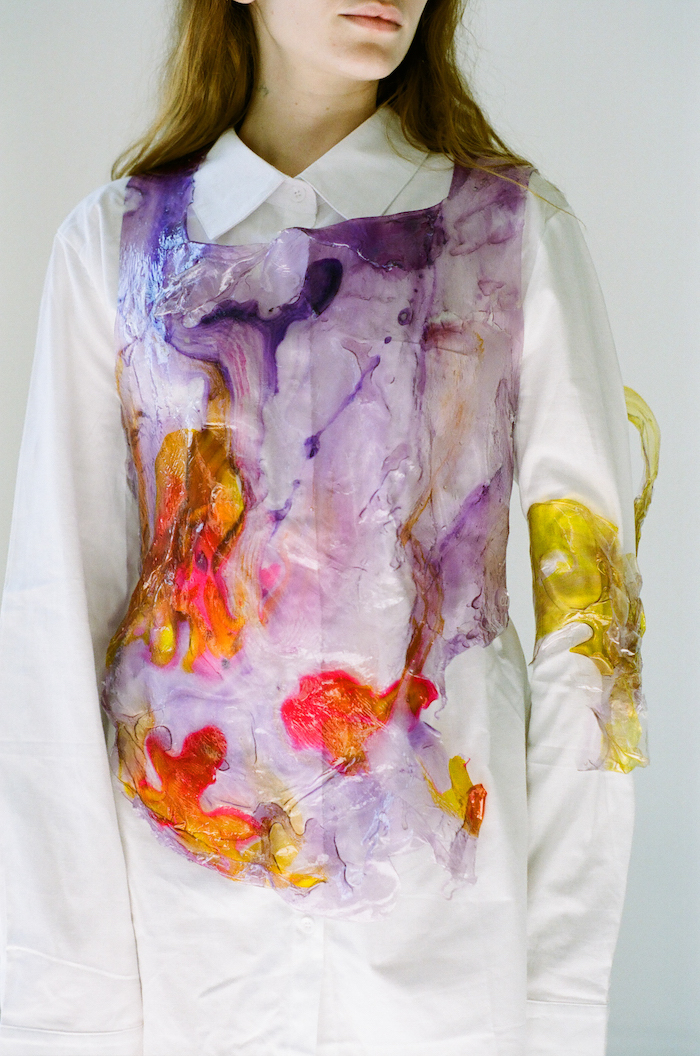
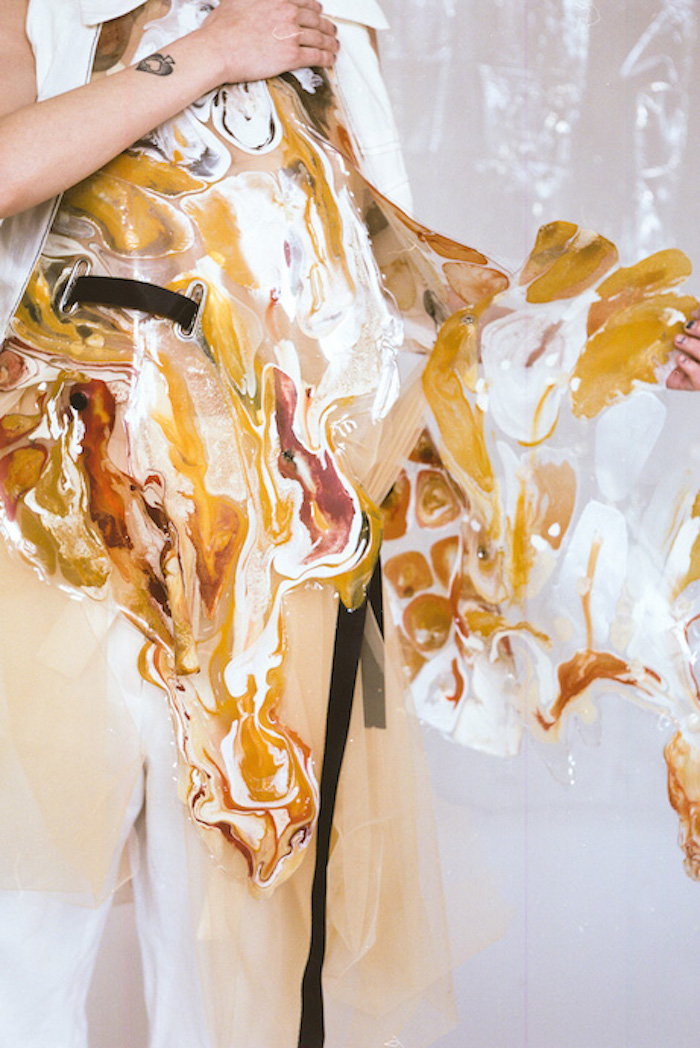
As most of your materials are completely conceptualized and executed by you, I’m sure you’ve experimented often. What are some of the most unique resources you have utilized?
I outsource with others who work with metal, wood, lighting parts, etc. I have extensive material libraries to inspire collaboration. I’ve formed a relationship with a local furniture thrift shop, using pieces to repurpose and visualize them into larger sculptures. Most ingredients I use are utilized by other artists so I would say my most unique resource are my parents. My mom listened to my new ideas as well as provided large boxes and bags on hand for me to pack orders. My dad drives me to events, domestic deliveries, and last-minute meetings. The stability they have always provided frees my mind to take risks.
To me, your inventive pieces signal the future of fashion. You produce clothing, or even wearable art, that is meant to strike conversations and ideologies rather than just being worn for aesthetic purposes. What does the future of fashion look like to you?
Fashion now has a library of new innovative materials. From repurposed clothing to garments you can throw in the recycling at the end of the day. I believe we will be able to generate and create clothing with common appliances sold for the home. Some of us can make unique and artistic pieces to counter this. I imagine the future to be characterized by a tension between mass production and unique artistic expression.
You recently collaborated with Elena Velez for a series of bio-material, “wet” dresses. Do you see more collaborations in your future and if so, how will you select creators to work with who align with your own values?
I am constantly reaching out to collaborate. I would rather share billing with other designers and learn something new than stand alone and be static. I am drawn to unique and colorful creators and work with almost anyone at any level. But I select more carefully for repeat alliances based on how kind the artist is.
Your wearable pieces drape the wearer in an elegant way, so as to frame the body as a work of art in itself. Why do you believe it is important to emphasize fashion as an artistic medium, rather than a product of commodification?
Our world increasingly has less personal, creative expression with the rise of AI and automation. Corporations merge and fewer clothing options are mass-produced. Perhaps people can feel sentimental or something palpable about what they can wear. Perhaps they can feel like a unique sculpture themselves, unconstrained by traditional definitions of what beauty should be.
In your wildest dreams, what does your namesake brand grow and evolve to be in 10 years' time?
In 10 years, I imagine my pieces to be 100 times the size. I hope to be a woman who can be a good mother and simultaneously manage a successful career. An international exhibition to my left and another little “namesake” clutching my leg on the right. In 10 years, I hope to still be as excited and willing to learn about ways to evolve my materials!
